Backyard landscaping can be beautiful even if a dog lives at the residence. Just keep garden design for pets in mind at the planning stage.
Has your landscape gone to the dogs–literally? Backyard landscaping for dogs will solve that problem. There are a couple of things to keep in mind when purchasing plants and features for the backyard:
- Don’t put anything in the backyard that can hurt the dog.
- Don’t put anything in the backyard that the dog can hurt.

Firstly, log on to ASPCA.com and get the list of plants that are poisonous for dogs. Take this with you to the nursery when buying plants. There are plenty of beautiful non-poisonous plants to choose from so don’t let that list be a discouragement.
Backyard landscaping for dogs requires a potty area for the dog. Prepare the area with gravel or dirt. Put a fire hydrant or something to serve as a fire hydrant in this spot. A large log or rock would work fine.
Train the dog to use this area only for potty breaks. This won’t be a factor for female dogs, but male dogs like to have something they can mark as their territory. Place a decorative feature or two in this area, but make it something that will hold up under dog urine. A water feature for the dog to drink out of would work well.
Backyard Landscaping for dogs requires some hardy plants. Try to find plants that dogs don’t care for like barberry bush. This plant has long thorns that dogs will definitely not want to eat or turn into a bed for an afternoon nap in the sun. Some resilient plants are rosemary, lavender, peonies, catmint. Rosemary has a smell that is undesirable to dogs.
Build a meandering dry creek-bed. Fill it with pea gravel and river stone. Plant a few drought resistant plants sporadically along it. This will add visual interest to the landscape and urine and feces will not harm rock.
Dogs love to run and roll in the grass so do have a grassy area. Choose a tough lawn by consulting your home and garden store. This is the dogs area so don’t expect it to be picture perfect. It won’t be the focal point of the yard.
Stay away from fragrant flowers. These will attract bees. Dogs don’t realize that chomping down on that buzzing bee will give him a fat lip and possibly an allergic reaction.
Avoid plants that attract butterflies. Dogs will have them for lunch.
Have fun with garden design for pets. Anyone can do it. All it takes is a little creativity, some practicality, and caution. Most important, choose non-poisonous plants. Avoid features that can be destroyed by dogs. The end result will be a paradise for the dog and easy care landscaping for the home owner.




Related: 30+ Inexpensive Dog Fence Ideas For Your Backyard
#1. Sandbox for dogs

A sandbox for dogs is perfect for satisfying your dog’s digging instincts. Fill a sturdy box with sand or soil and bury toys and treats to keep them entertained.
This designated digging area prevents your dog from ruining your garden beds while providing them with endless fun.
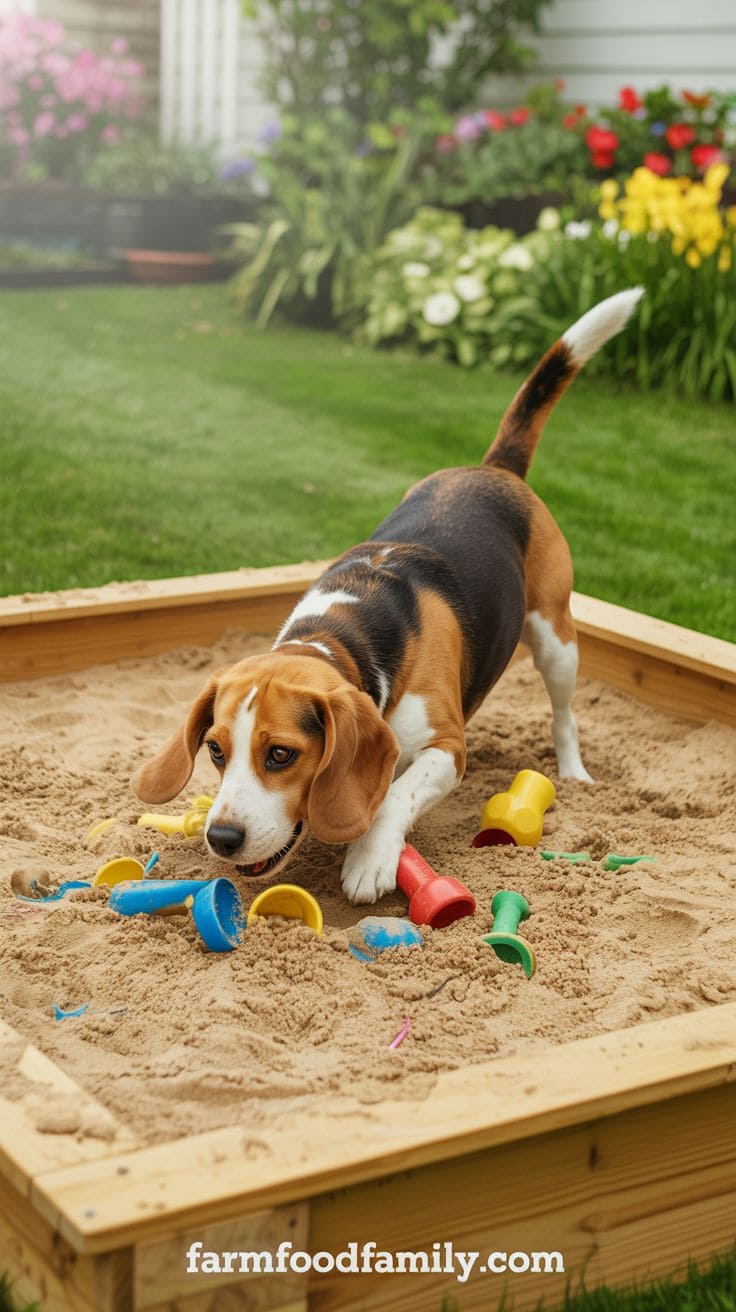
#2. River rock

Using river rock in your backyard adds both beauty and function. These smooth, rounded stones are great for creating pathways or ground cover.
They are durable, help with drainage, and are gentle on your dog’s paws, making them a practical choice for pet-friendly landscaping.
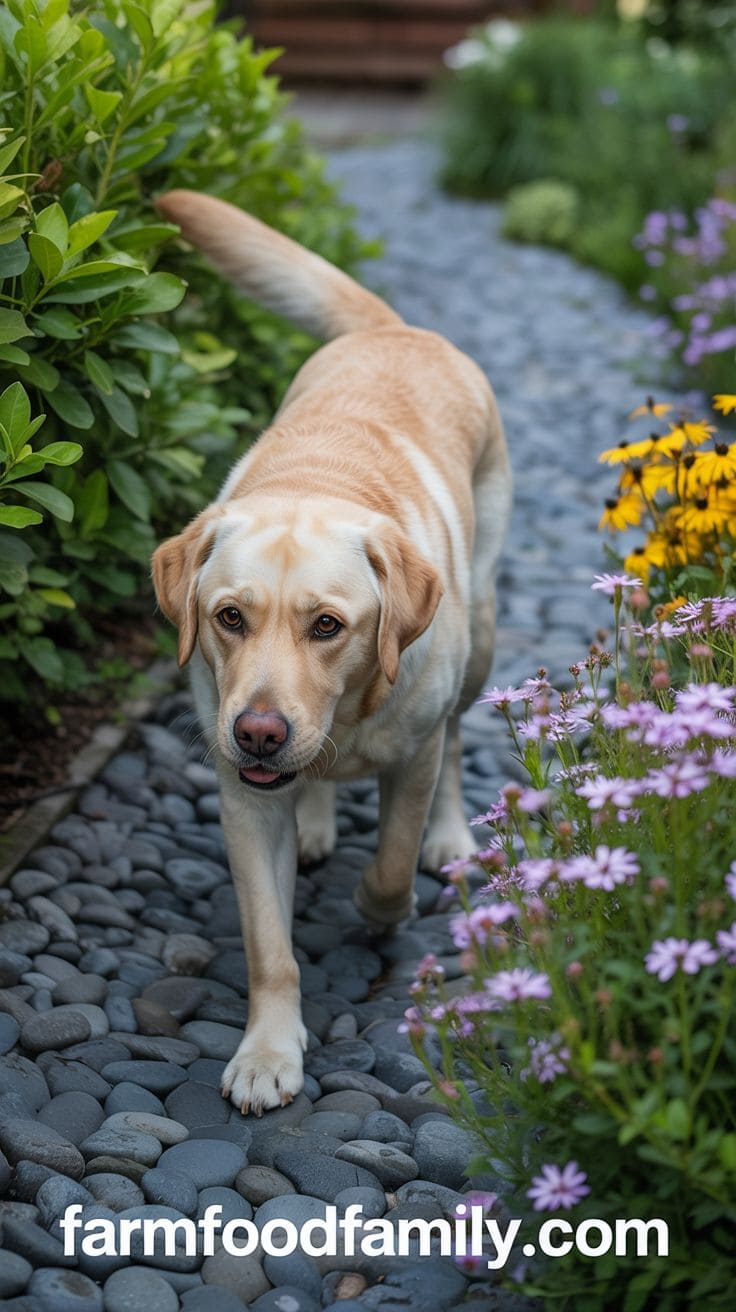
#3. Dog Obstacle Course

Setting up a dog obstacle course in your backyard is a great way to keep your dog active and mentally stimulated.
Use items like tunnels, weave poles, and jumps to create a fun and challenging course. This not only provides exercise but also strengthens your bond through training and play.
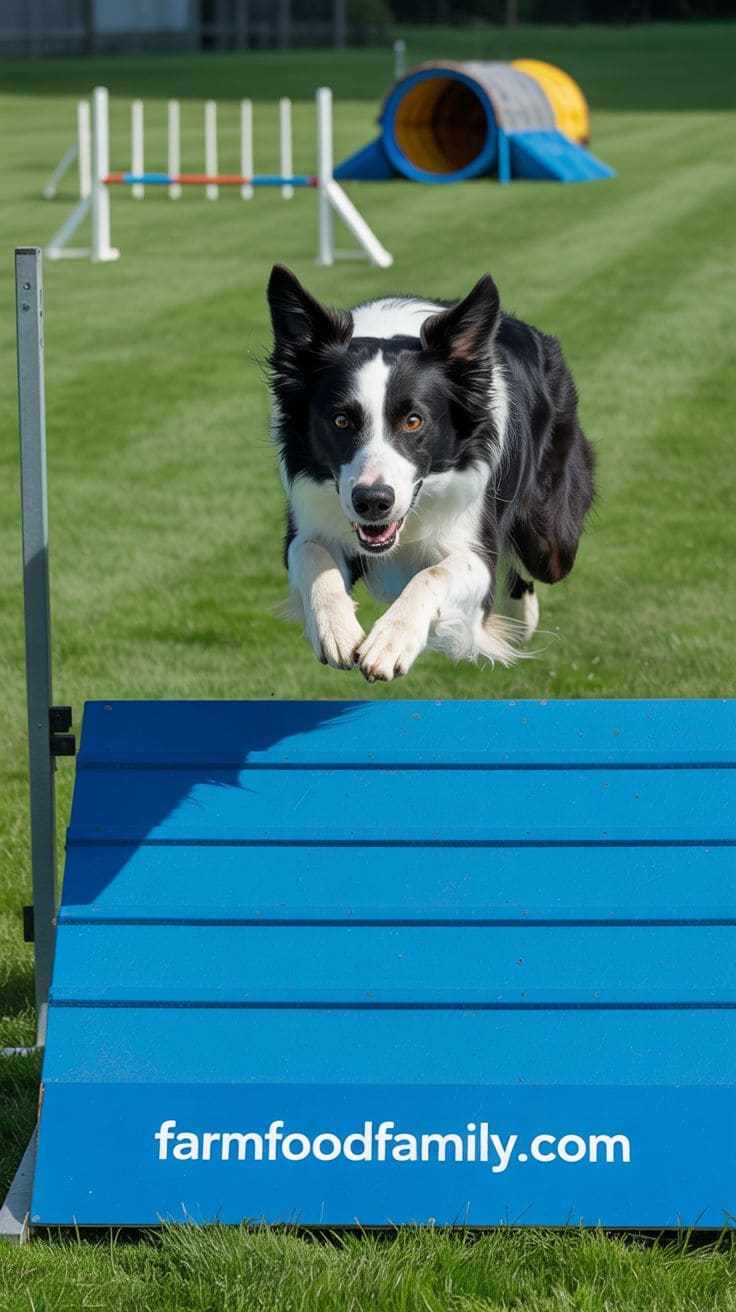
#4. Water feature

A water feature can be both decorative and enjoyable for your dog. Consider adding a small fountain or splash pad that your dog can play in.
It provides a refreshing way for them to cool off in the summer and adds a soothing element to your garden.
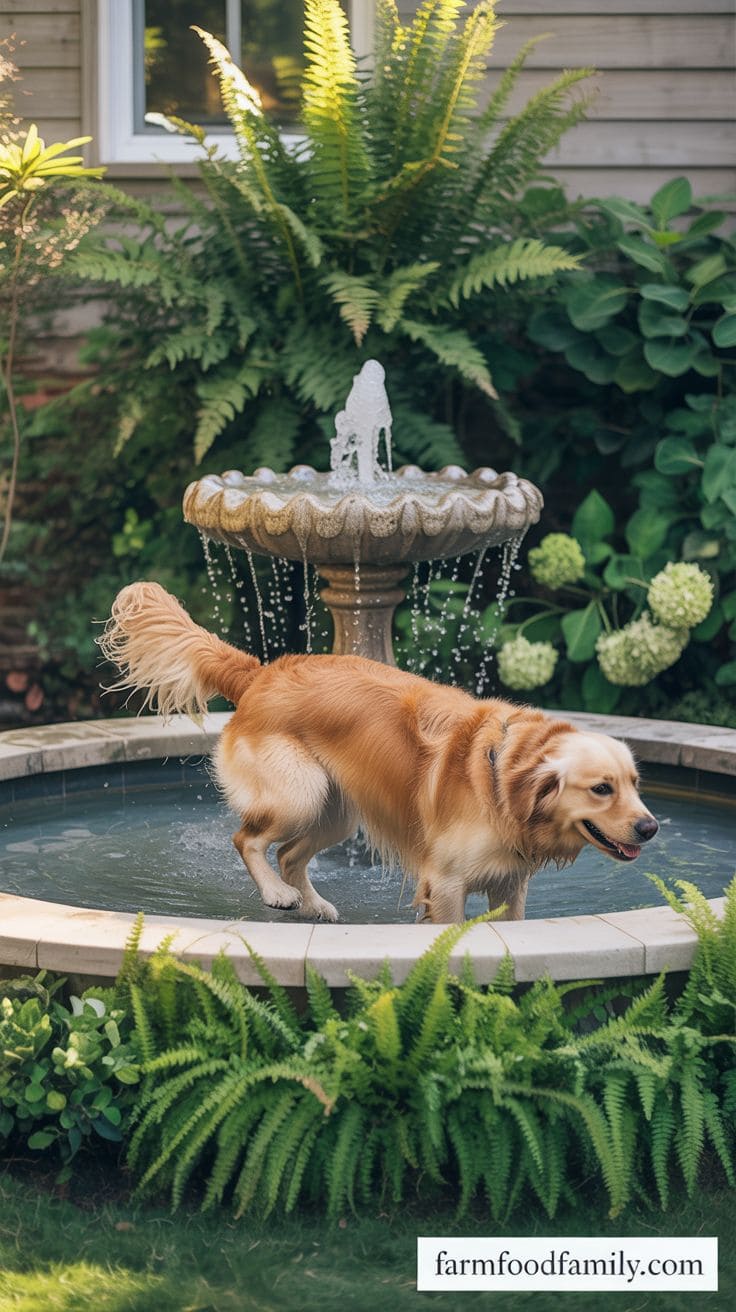
#5. Backyard dog pool

A backyard dog pool is a fantastic way to keep your dog cool and entertained. Choose a durable, easy-to-clean pool that is the right size for your dog.
Supervise playtime to ensure safety, and your dog will enjoy endless hours of splashing fun.

#6. Deluxe Dog Run

A deluxe dog run offers a secure and spacious area for your dog to exercise. Use sturdy fencing and add features like shade structures, water stations, and toys. This dedicated space allows your dog to run freely and safely, giving you peace of mind.

#7. Backyard playground

Creating a backyard playground for your dog includes elements like ramps, tunnels, and balance beams.
This setup encourages physical activity and mental stimulation. It’s a great way to keep your dog entertained and healthy right in your own backyard.
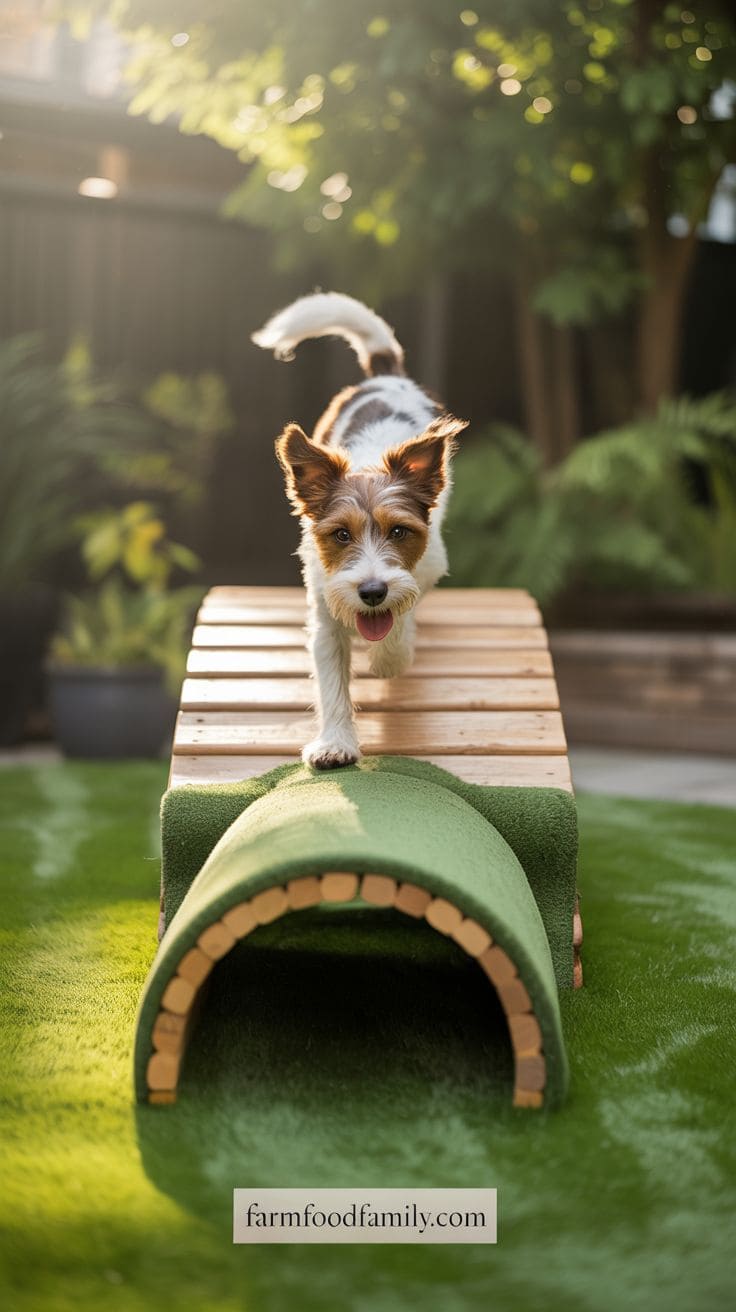
#8. Dig chicken wire

Using chicken wire under your garden beds can prevent your dog from digging up plants. Lay the wire flat and cover it with soil and mulch.
This simple solution keeps your garden intact while allowing your dog to roam freely without causing damage.
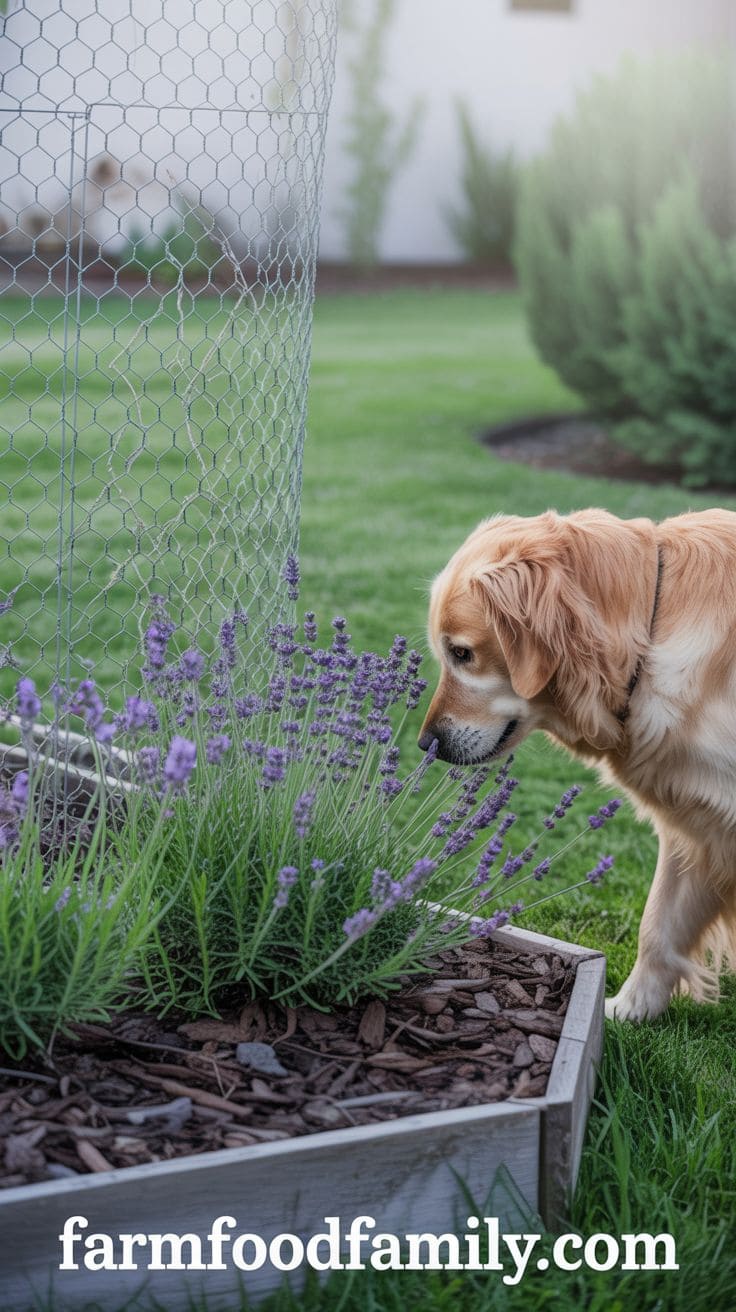
#9. Swimming Pool

If you have a swimming pool, consider adding dog-friendly features like a ramp or shallow area.
Always supervise your dog while they swim and ensure they have a way to safely enter and exit the pool. Swimming is excellent exercise and fun for dogs.
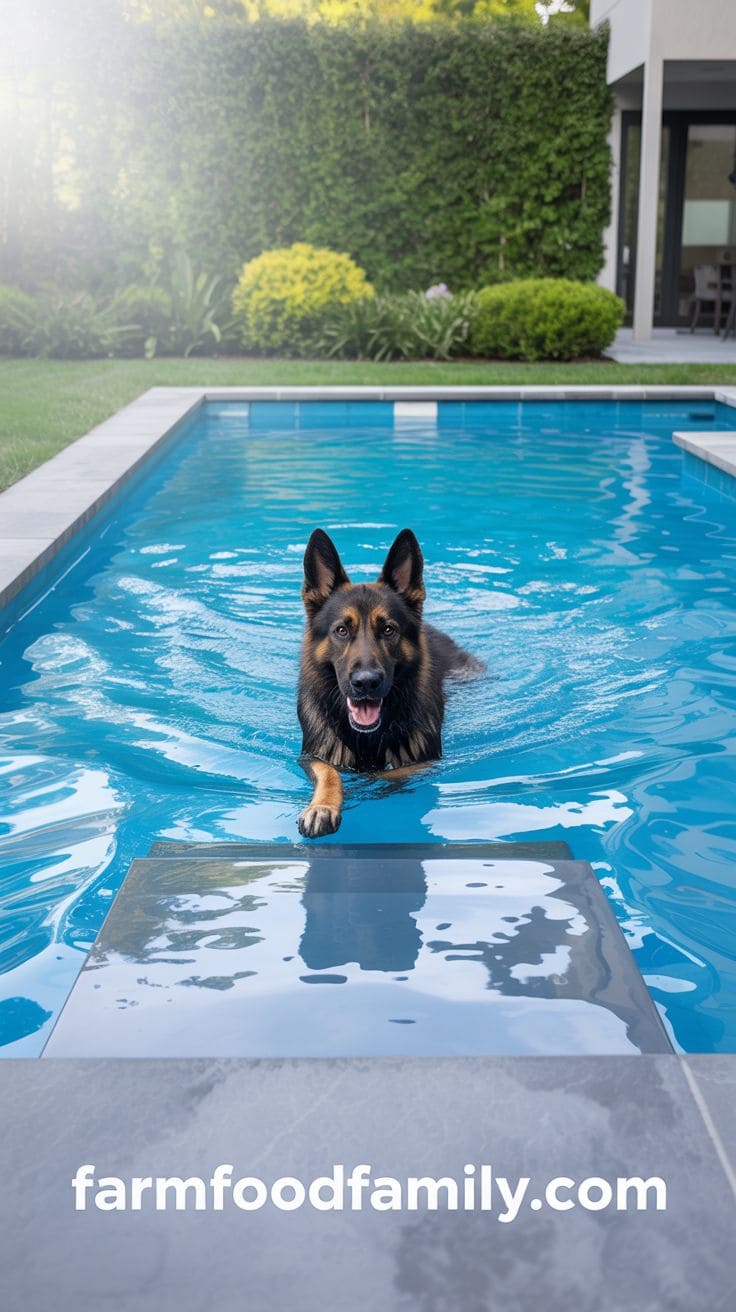
#10.

#11. DIY Ice Lick or Dogsicle for Dogs

A DIY ice lick or dogsicle is an easy and fun way to keep your dog cool. Freeze water mixed with dog-safe treats or broth in a mold.
Your dog will enjoy licking and chewing on the icy treat, which helps keep them hydrated and entertained on hot days.

#12. Spin-out dog treat game

The spin-out dog treat game is a fun and interactive toy that challenges your dog’s problem-solving skills.
Fill it with treats and watch as your dog figures out how to spin and twist it to get the rewards. It’s a great way to keep their mind engaged and stimulated.
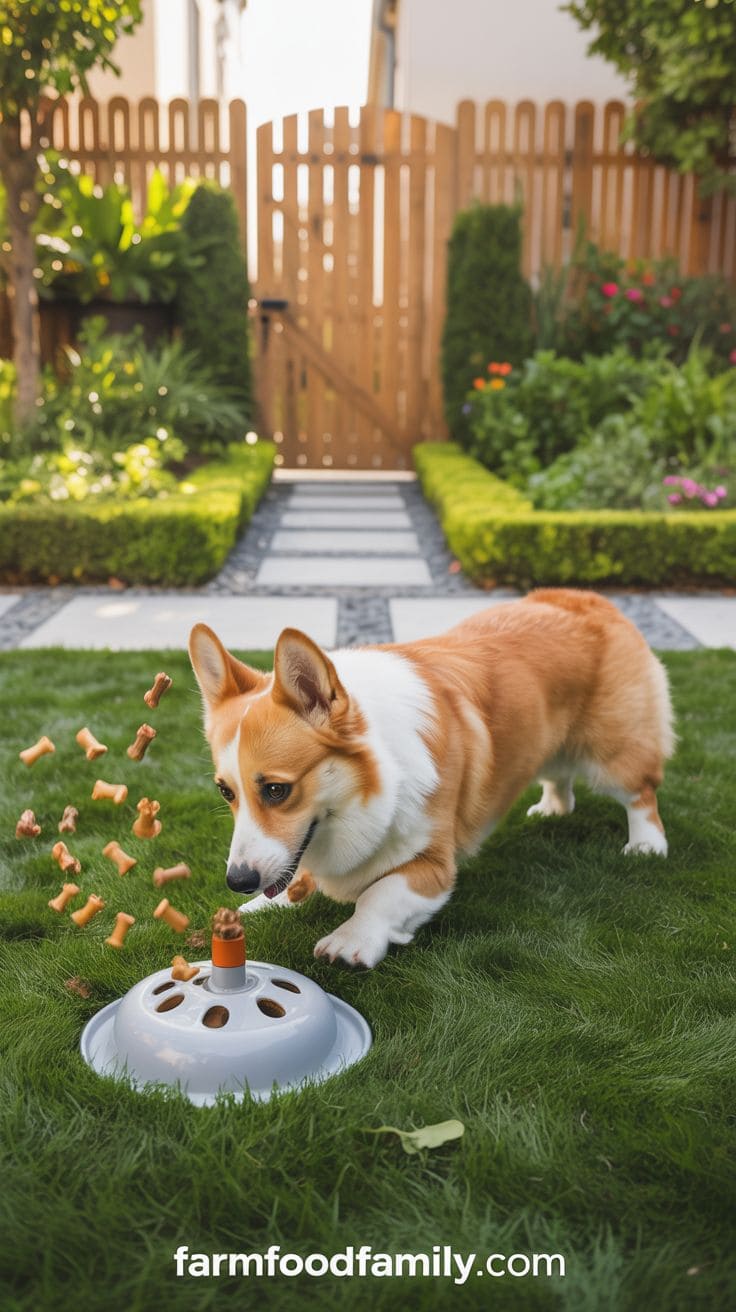
#13. Dog bar

A dog bar is a dedicated station for water and treats. Set up a stylish area with water bowls and treat containers at your dog’s height.
This makes it easy for your dog to stay hydrated and enjoy a snack, adding a touch of luxury to your backyard.
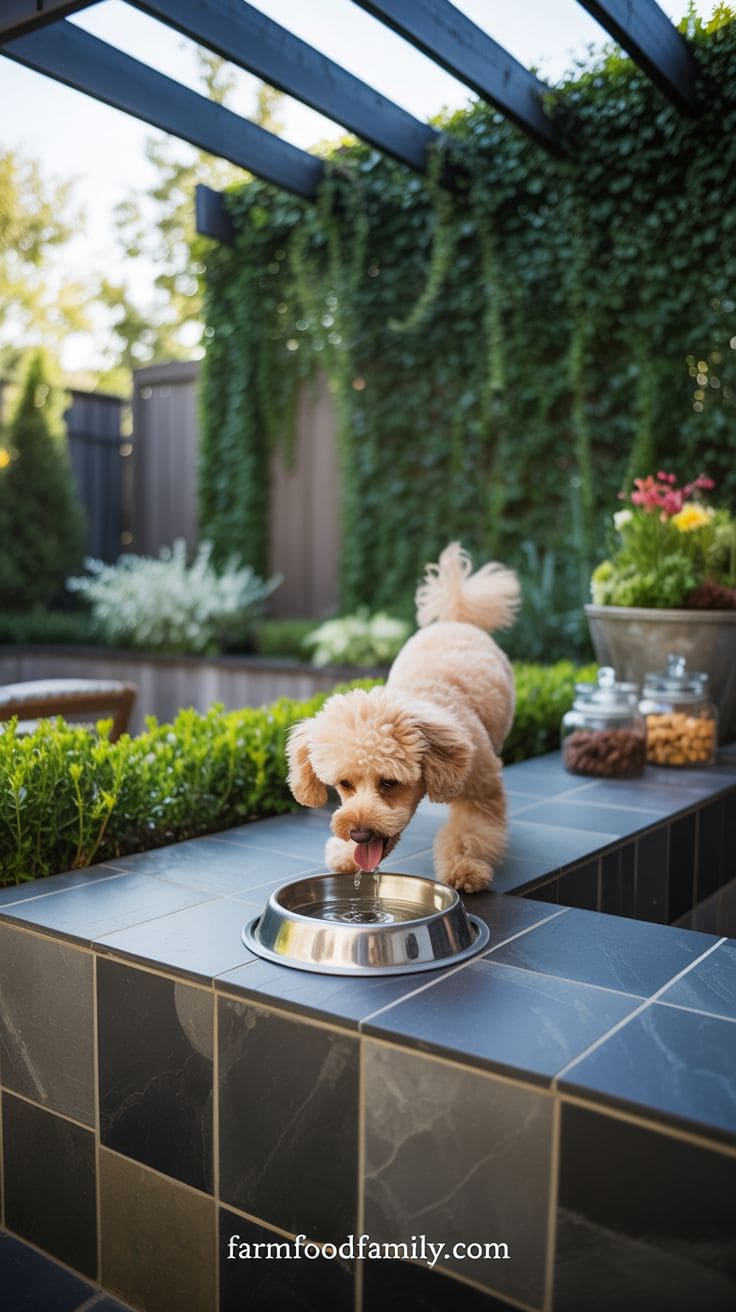
#14. Glass Dome Peep

Installing a glass dome peep in your fence lets your dog safely watch the world outside. These domes are clear and durable, giving your dog a view of the neighborhood while keeping them contained. It’s a great way to satisfy their curiosity without compromising security.
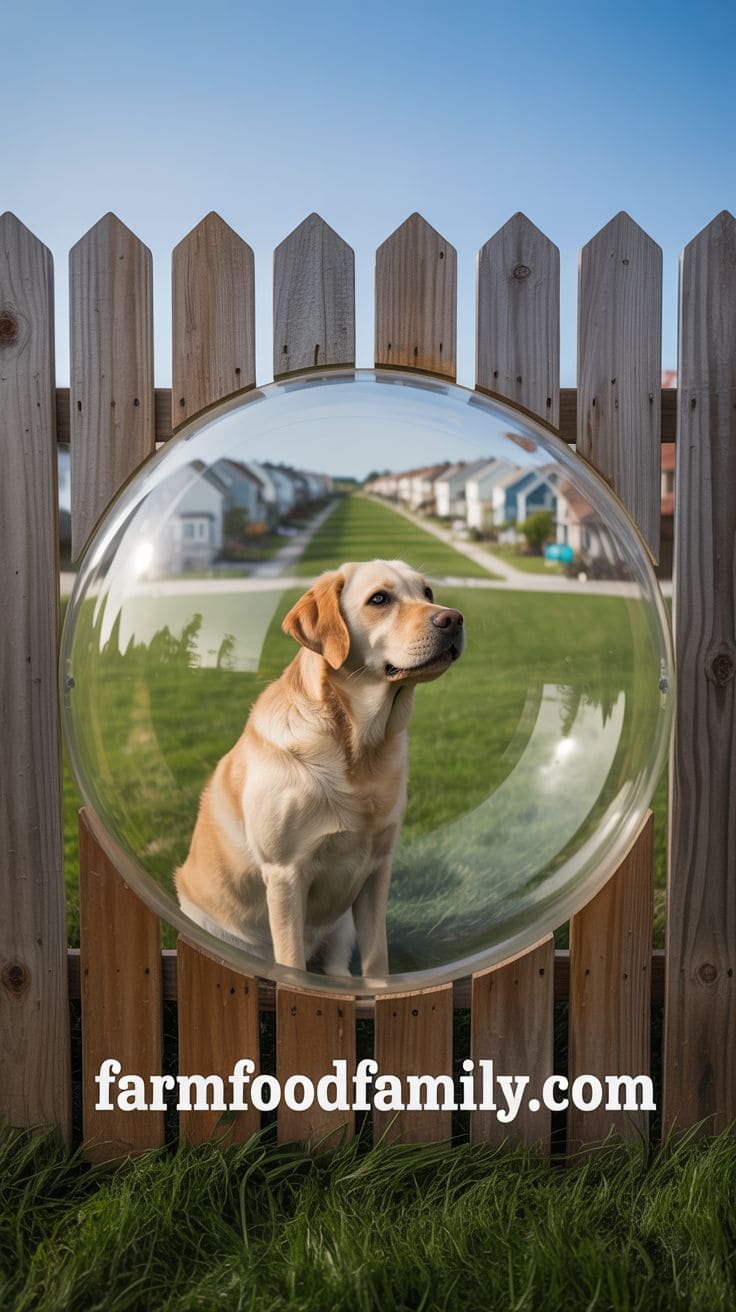
#15. DIY mini sandbox
A DIY mini sandbox is perfect for small spaces. Use a sturdy container filled with sand or dirt and hide toys and treats inside. This provides a compact yet entertaining digging spot for your dog, keeping them occupied and happy.
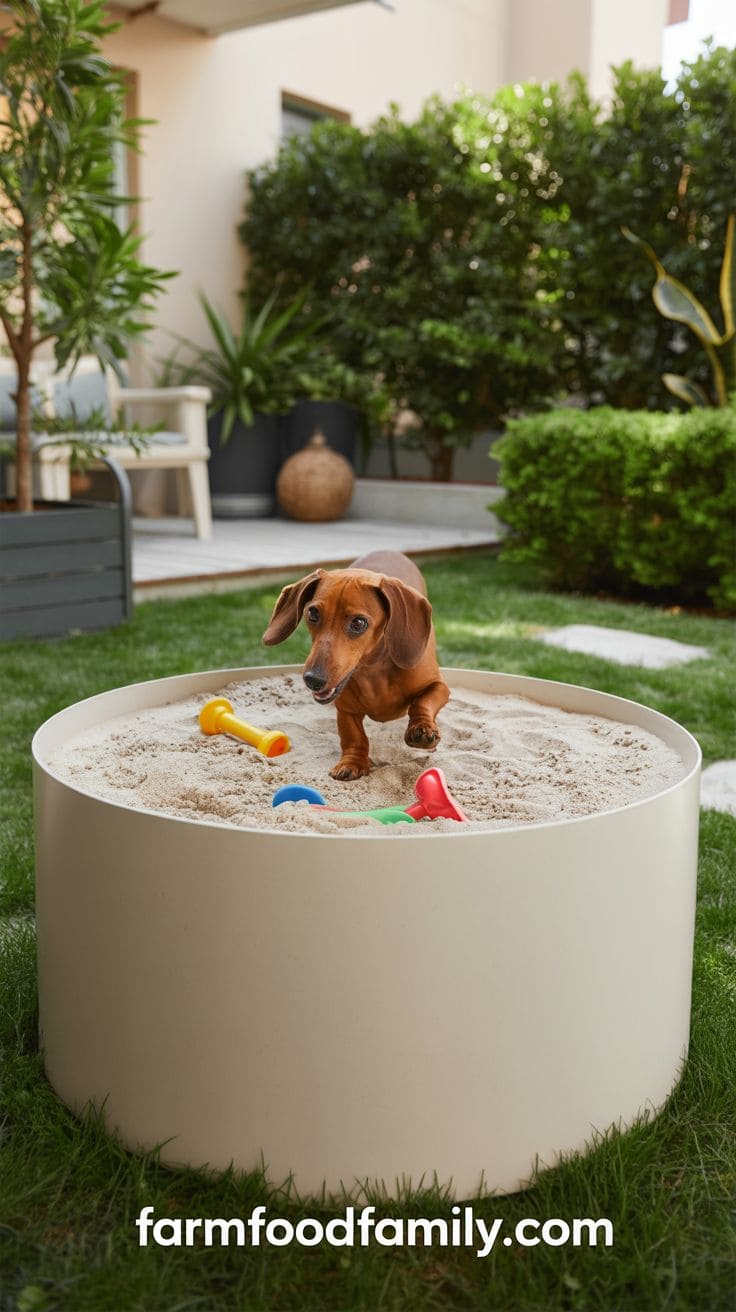
#16. Dog Exercise Wheel

A dog exercise wheel is ideal for high-energy dogs. Similar to a hamster wheel but larger, it allows your dog to run and burn off energy in a controlled environment. This is particularly useful for small backyards or during bad weather.
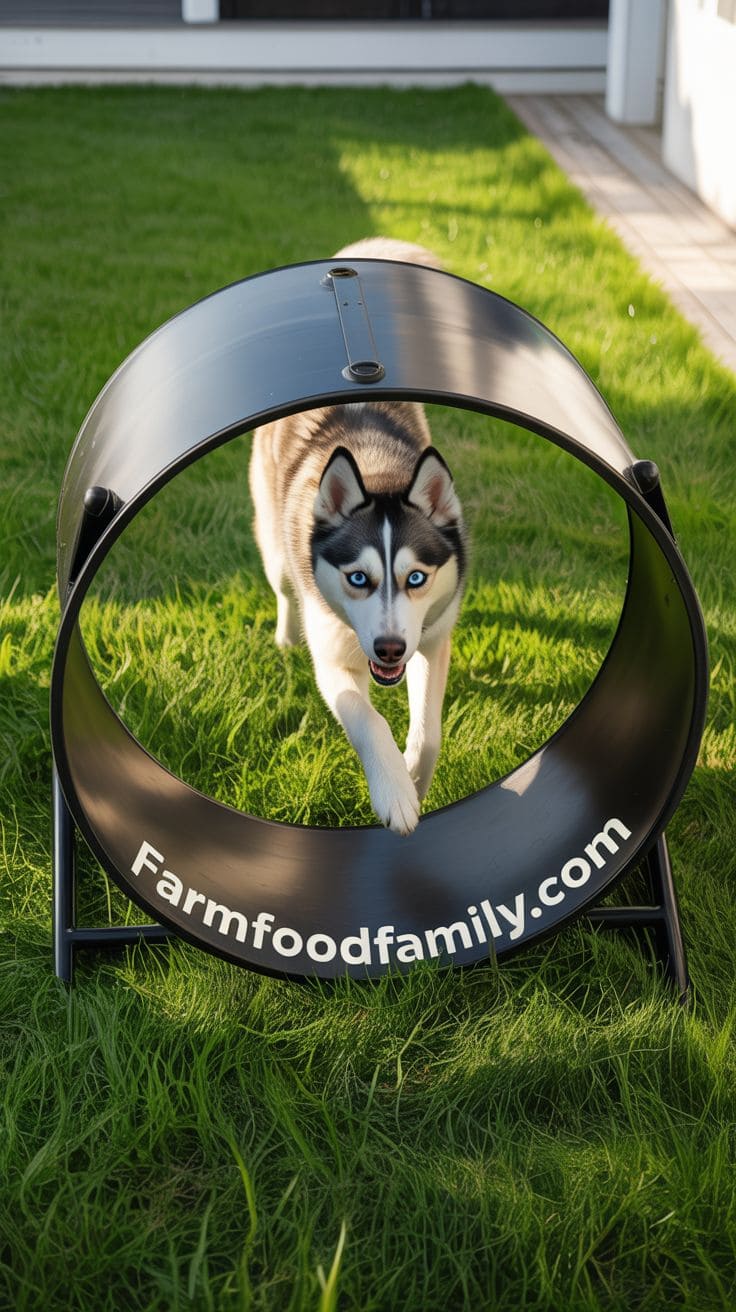
#17. Dog house with a roof top deck

A dog house with a rooftop deck offers both shelter and a vantage point for your dog. The house provides a cozy spot to rest, while the deck lets them survey their surroundings. It’s a stylish and functional addition to any backyard.
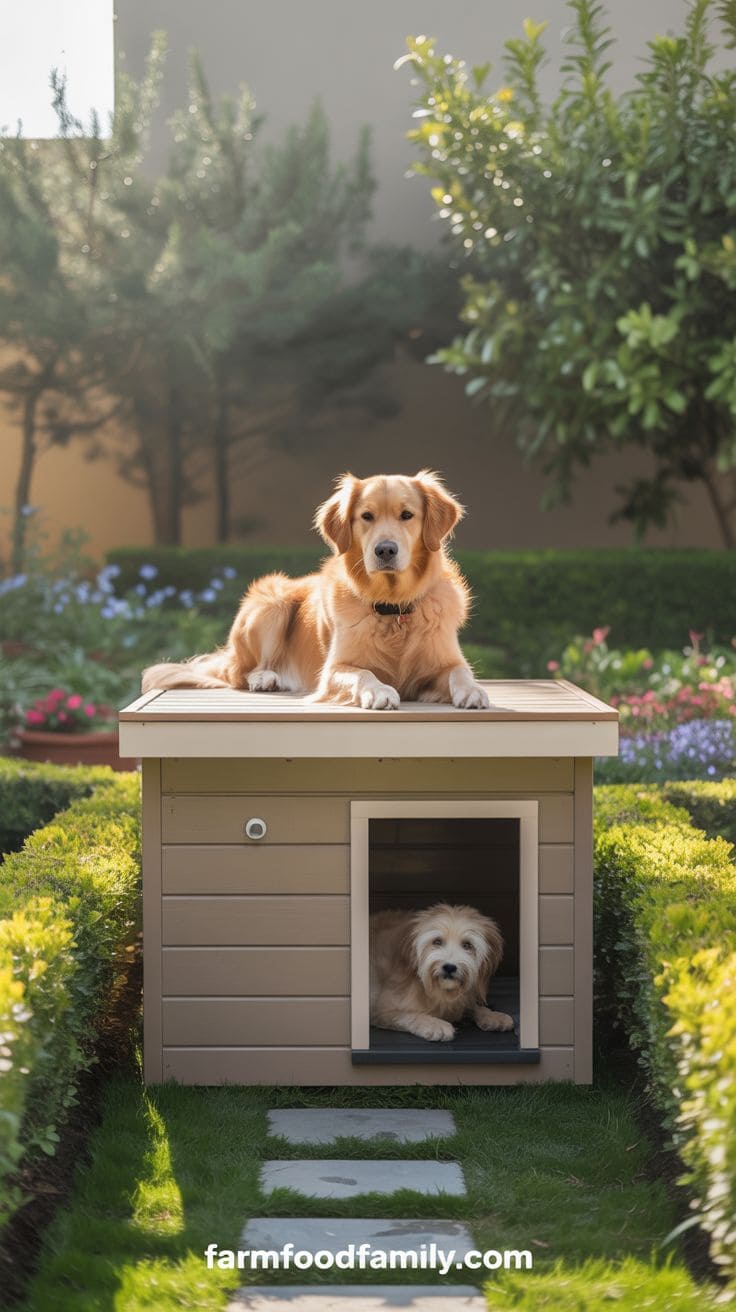
#18. DIY dog bed

Creating a DIY dog bed tailored to your dog’s needs ensures they have a comfortable place to rest. Use weather-resistant materials for outdoor beds and add cozy blankets or cushions. A personalized bed keeps your dog comfortable and enhances your backyard space.
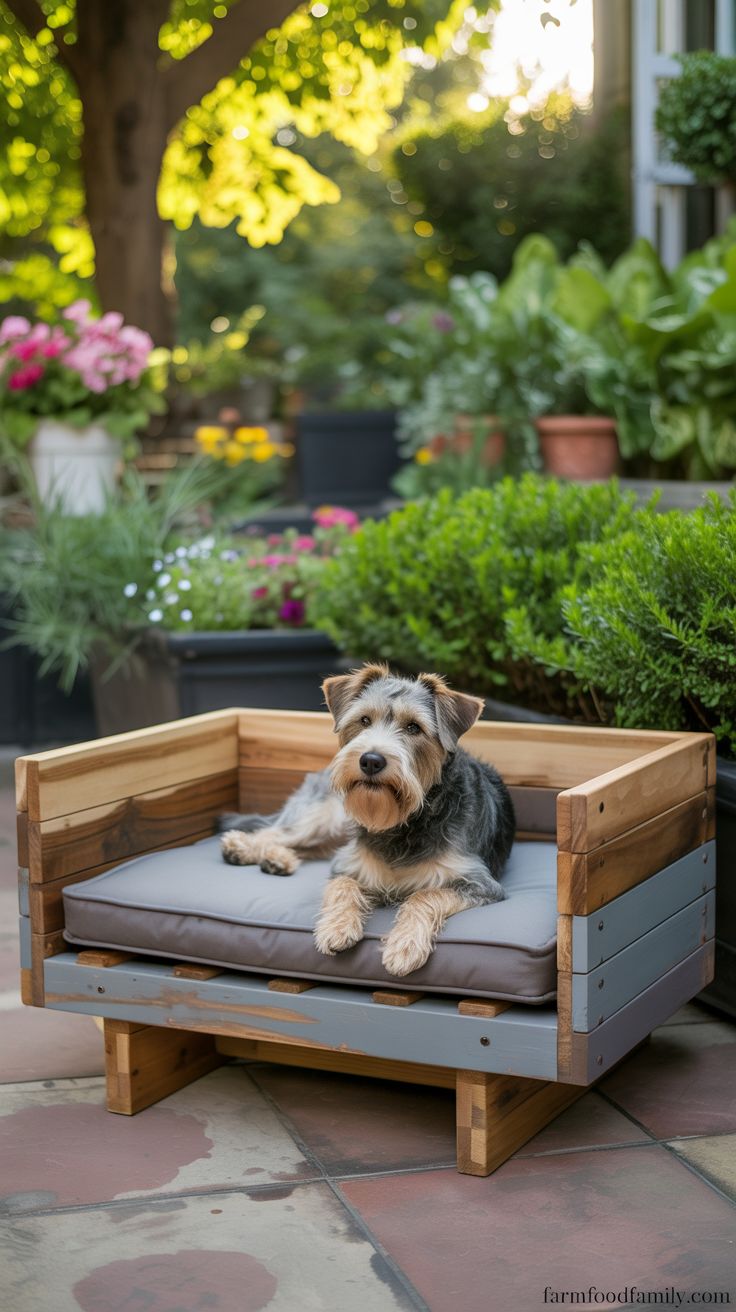
#19. Garden path

A garden path made from materials like gravel, mulch, or stepping stones can guide your dog through your yard. It helps protect your plants and provides a clear route for your dog to follow, making your garden more organized and accessible.
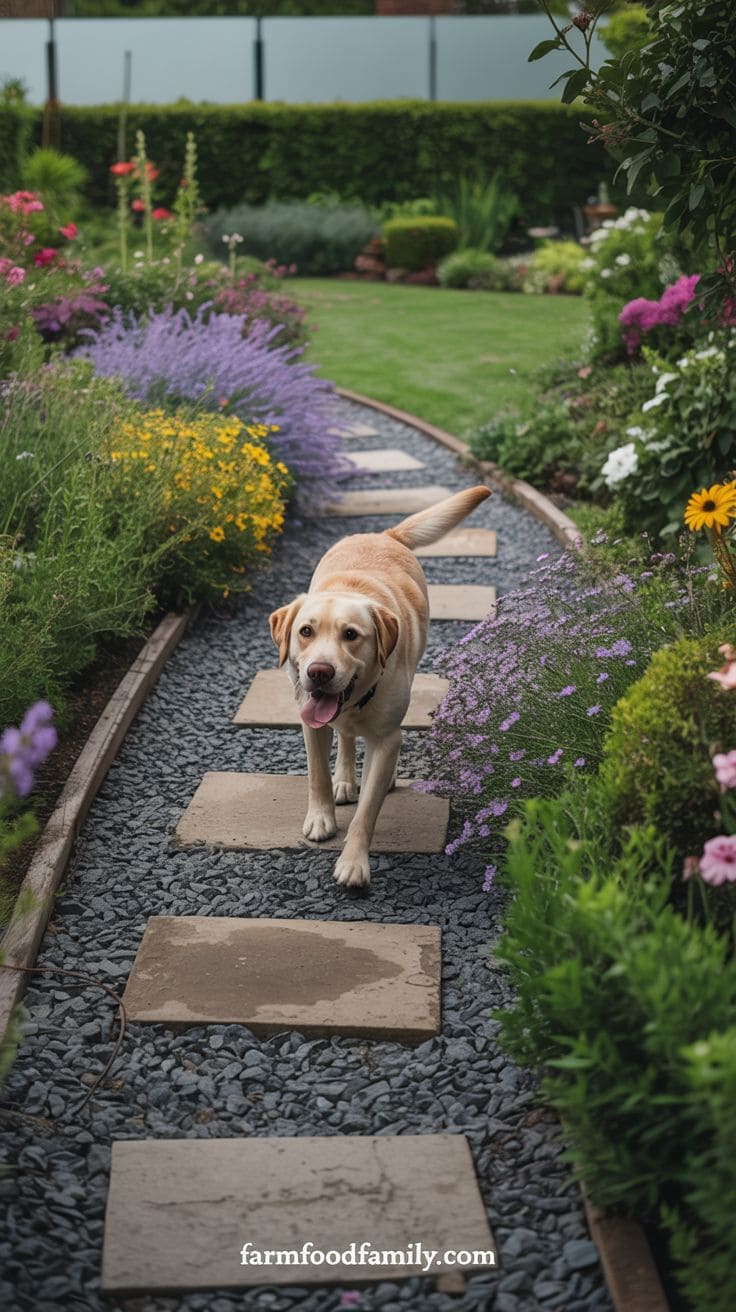
#20. Dog ladder

A dog ladder can be a fun and functional addition, especially for multi-level yards or decks. Teach your dog to use the ladder safely to access higher areas. It’s great for exercise and adds an interesting element to your backyard setup.
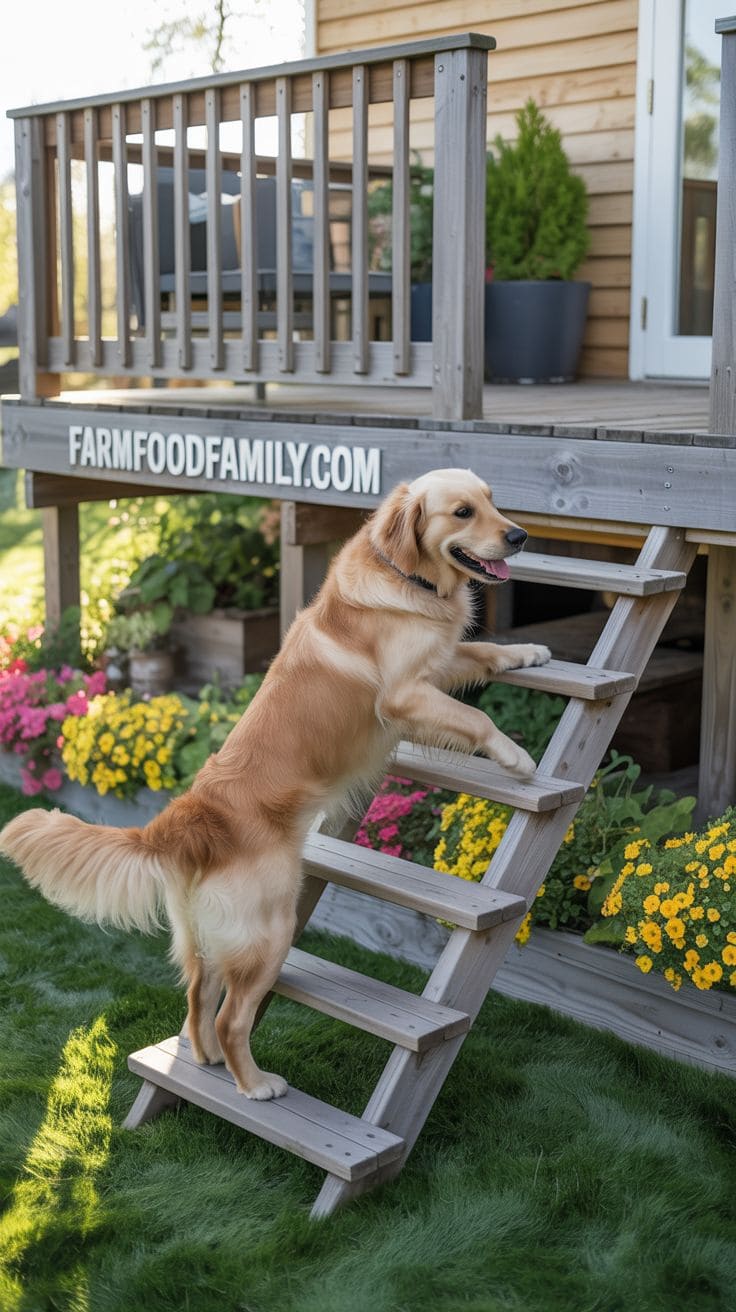
#21. Dream dog house

Designing a dream dog house involves creating a stylish and comfortable retreat for your dog. Include features like insulation, ventilation, and a cozy bed. Personalizing the space makes it a special spot for your dog to relax and enjoy the outdoors.
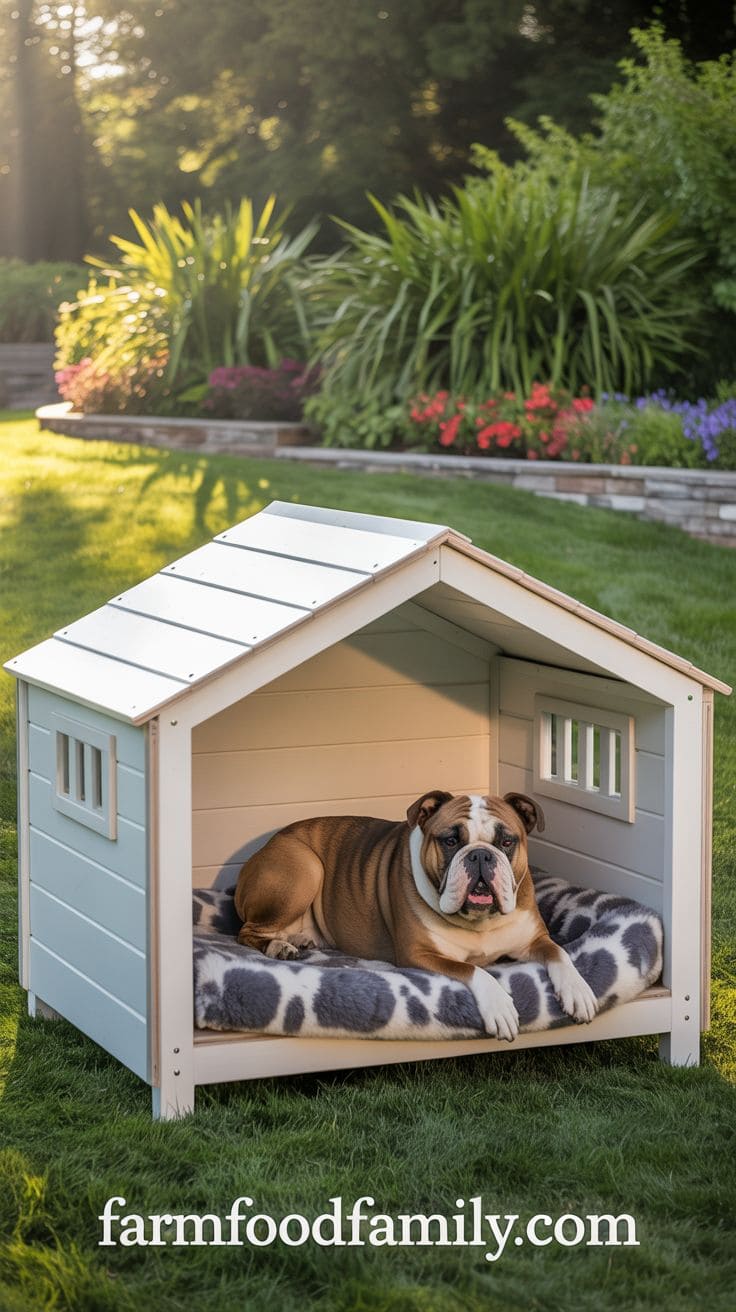
#22. Skamper ramp

A Skamper Ramp is a lifesaver for dogs who love water. Attach it to the side of your pool to provide an easy exit for your dog. It helps prevent accidents and ensures your dog can enjoy the pool safely, giving you peace of mind.
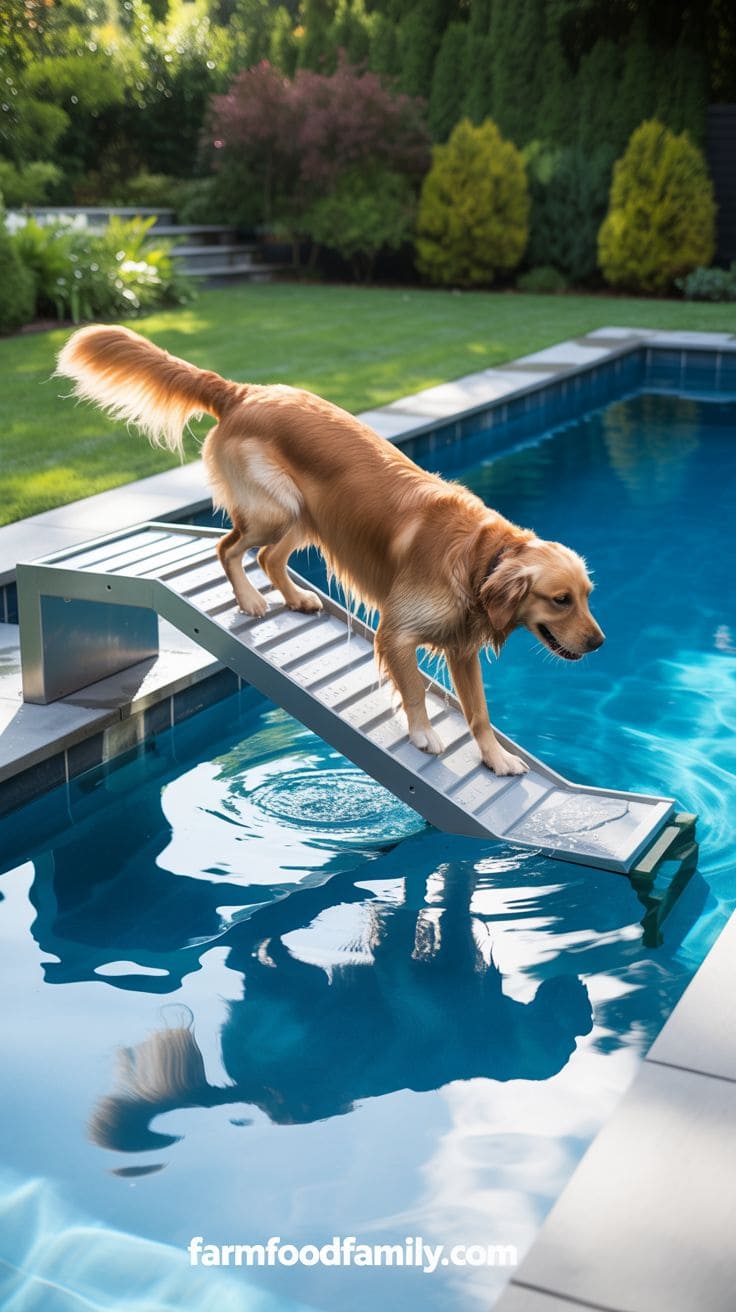
#23. A private pool

A private pool for your dog is a luxurious addition to your backyard. Install a small, dog-sized pool that’s easy to clean and maintain. This dedicated pool ensures your dog has a safe place to swim and cool off during hot weather.

#24. Build a dog run

Building a dog run provides a secure area for your dog to play and exercise. Use durable fencing and include features like shade, water, and toys. A well-designed dog run keeps your dog safe and active, giving them their own space to enjoy.
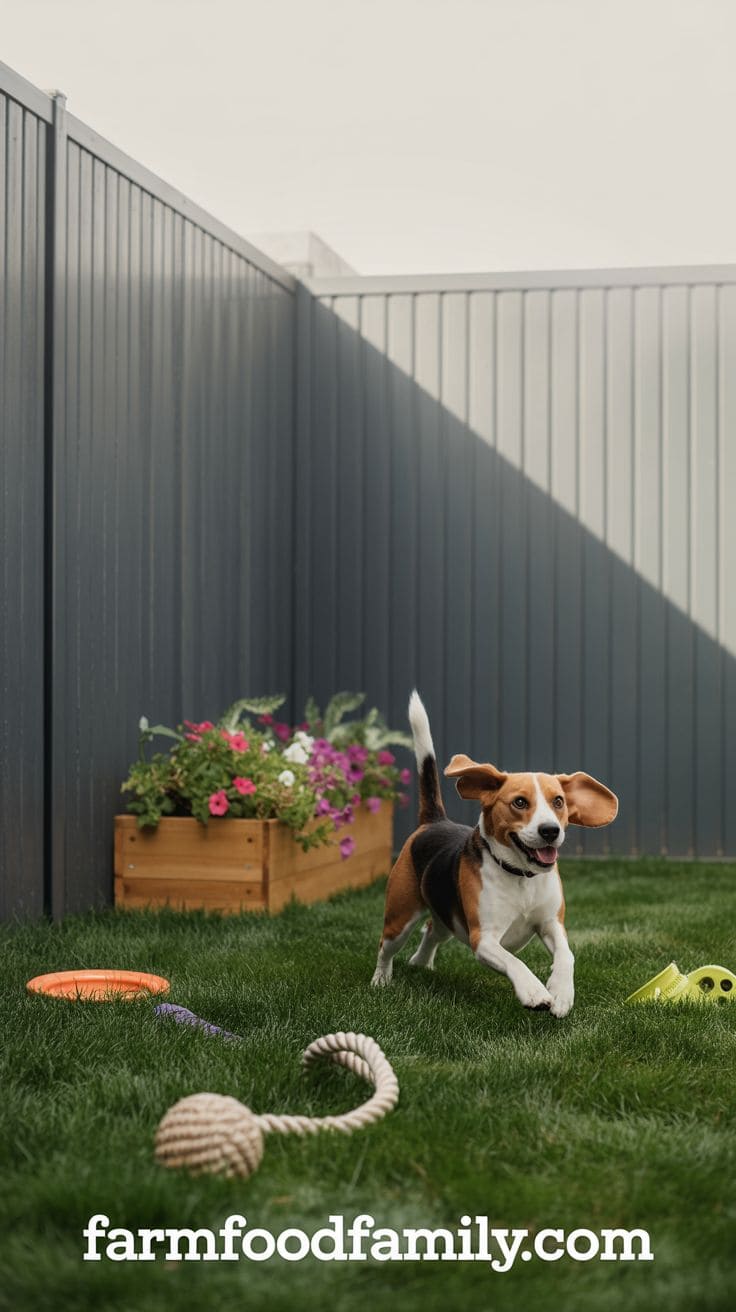
Dog-Friendly Turf
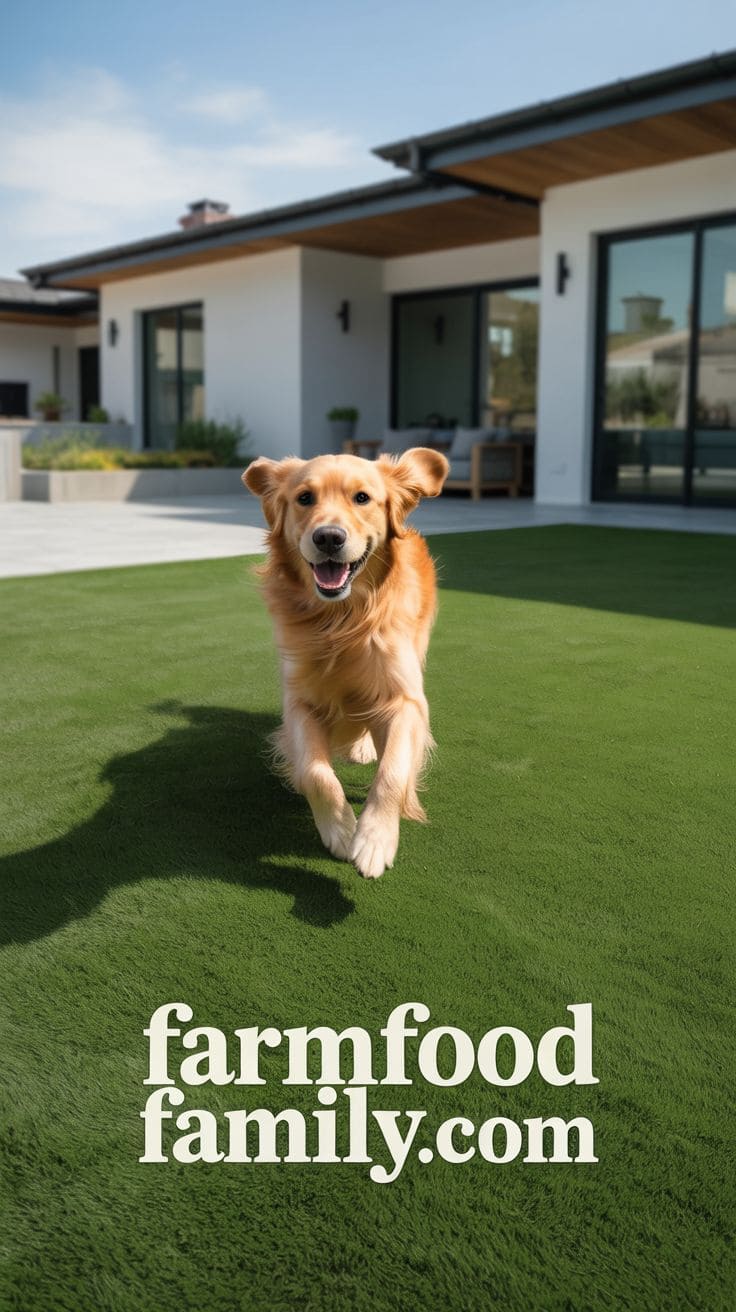
Shaded Retreat
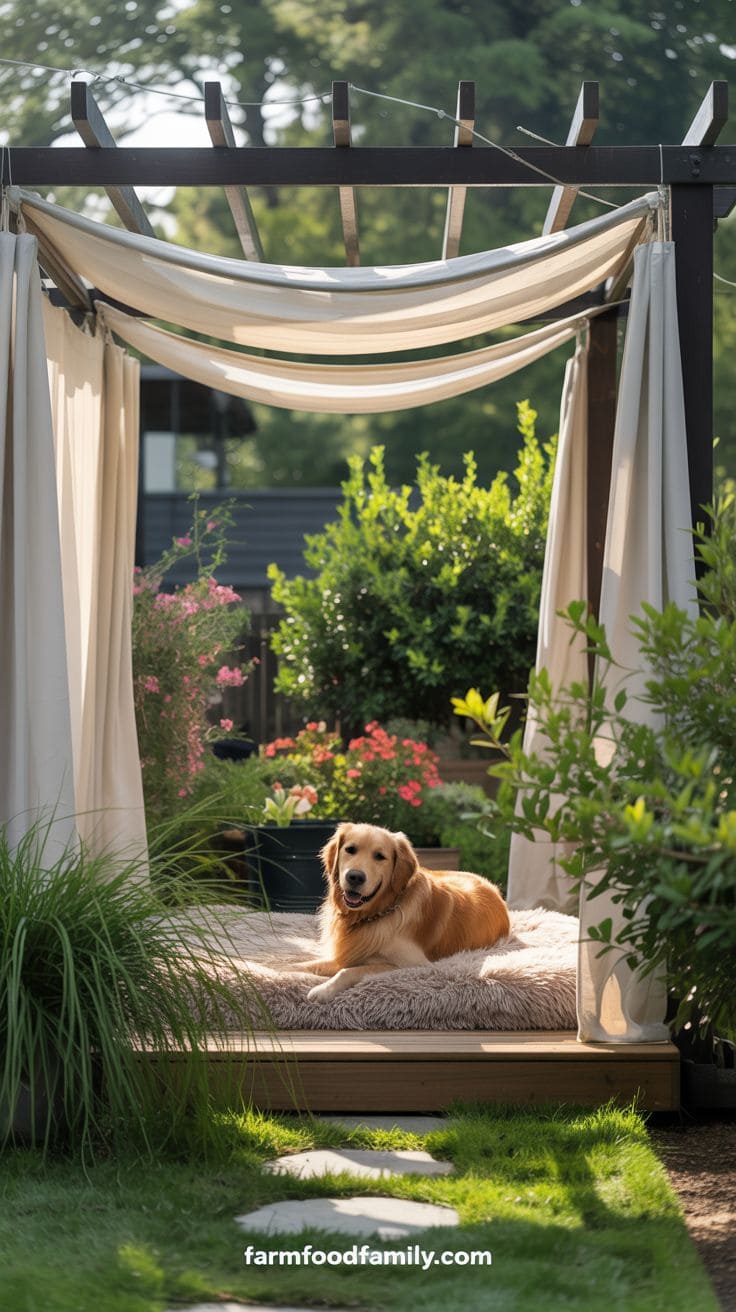
Splash Zone
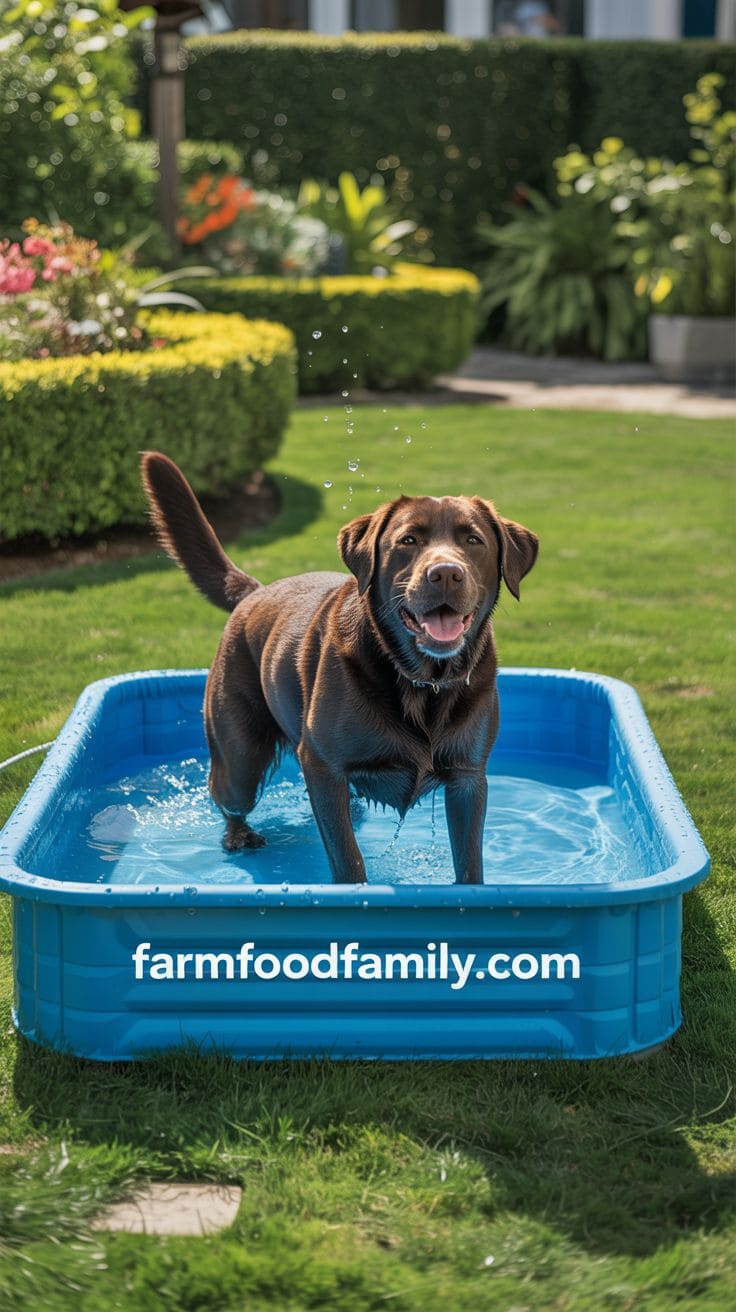
Paw-Safe Paths
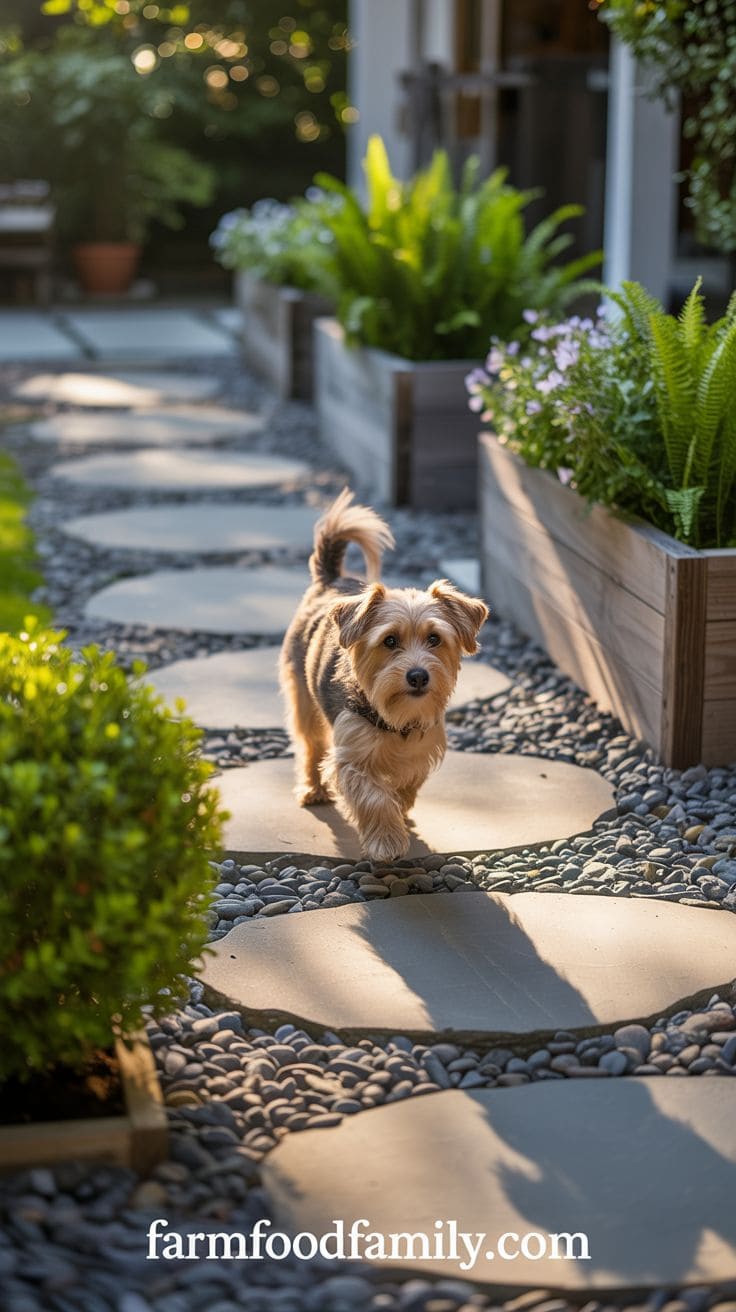
Digging Pit
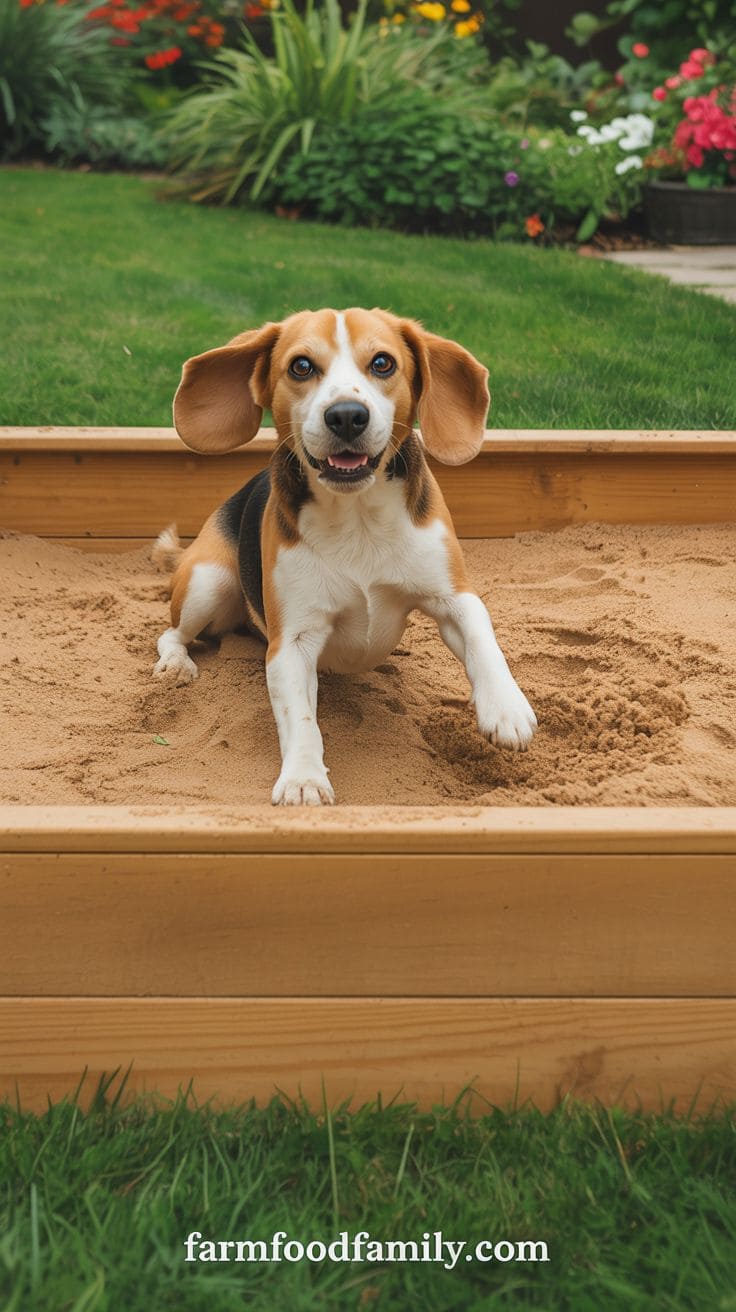
Agility Course
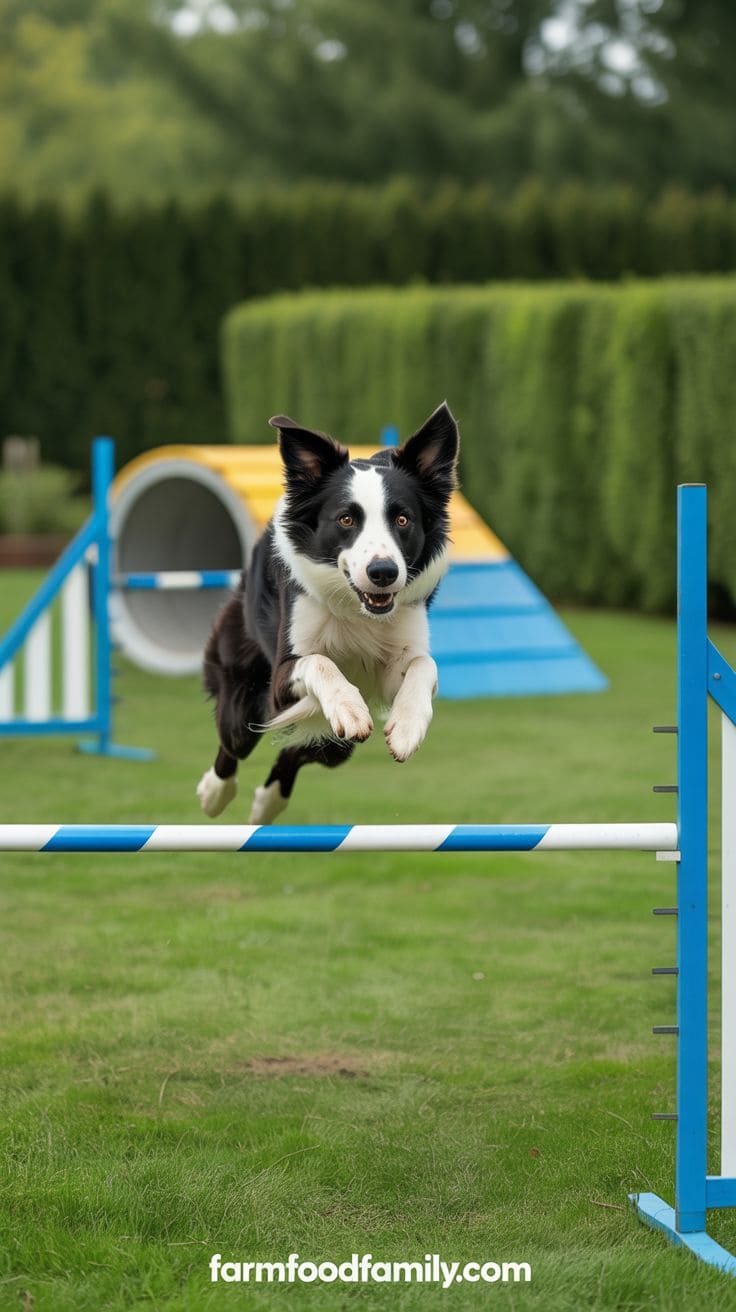
Raised Viewing Deck
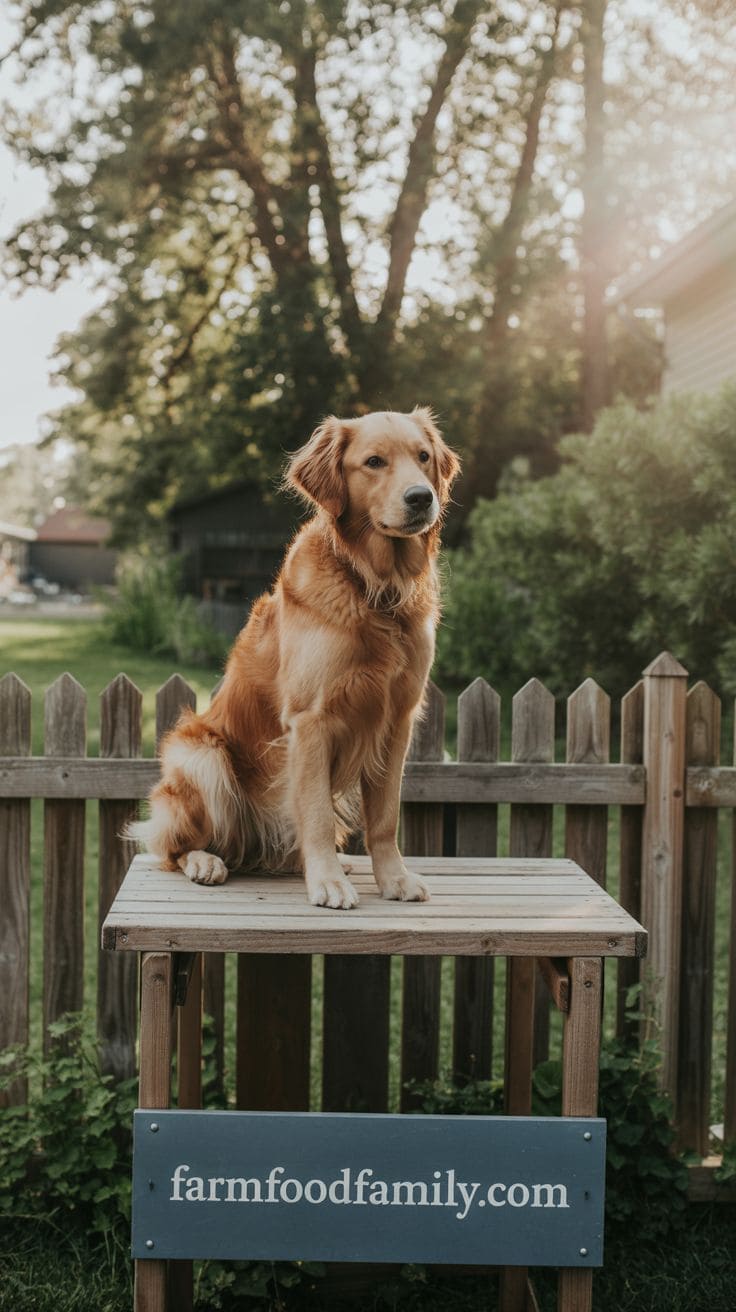
Cooling Station
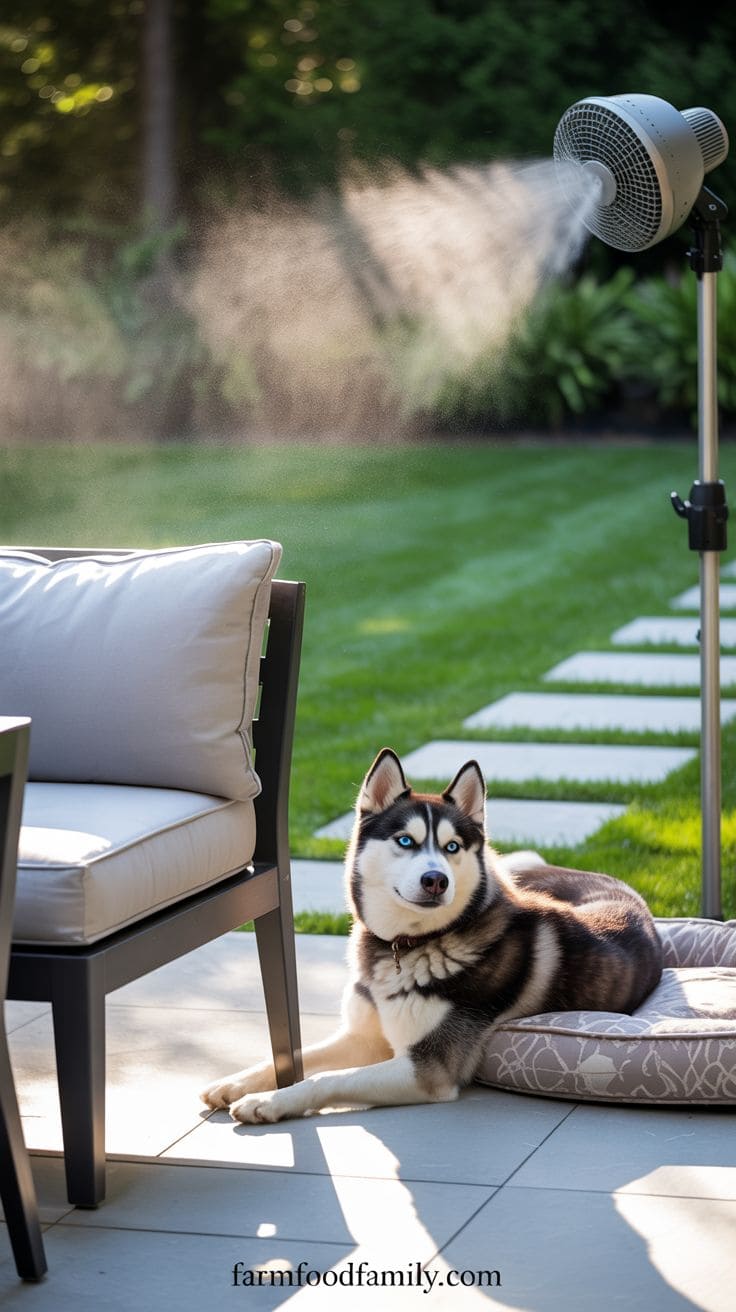
Doggie Garden
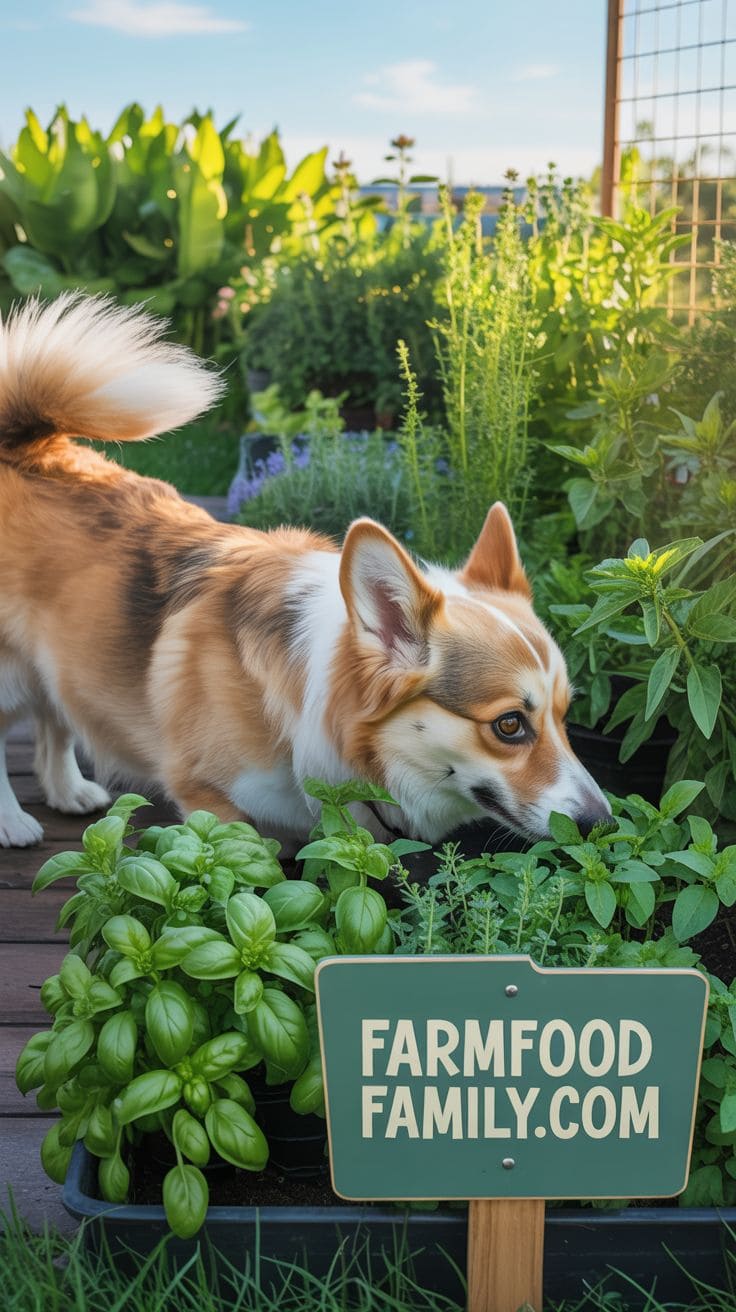
Escape-Proof Fence
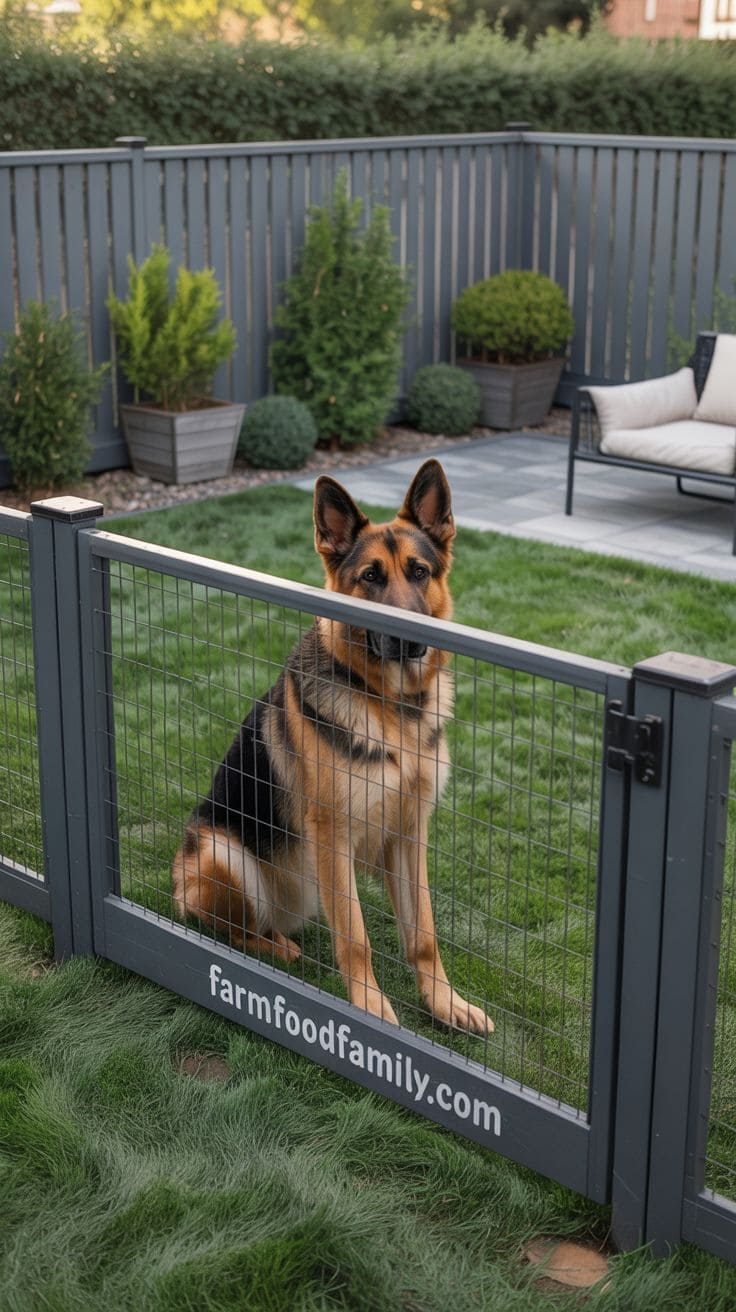
Window in the Fence
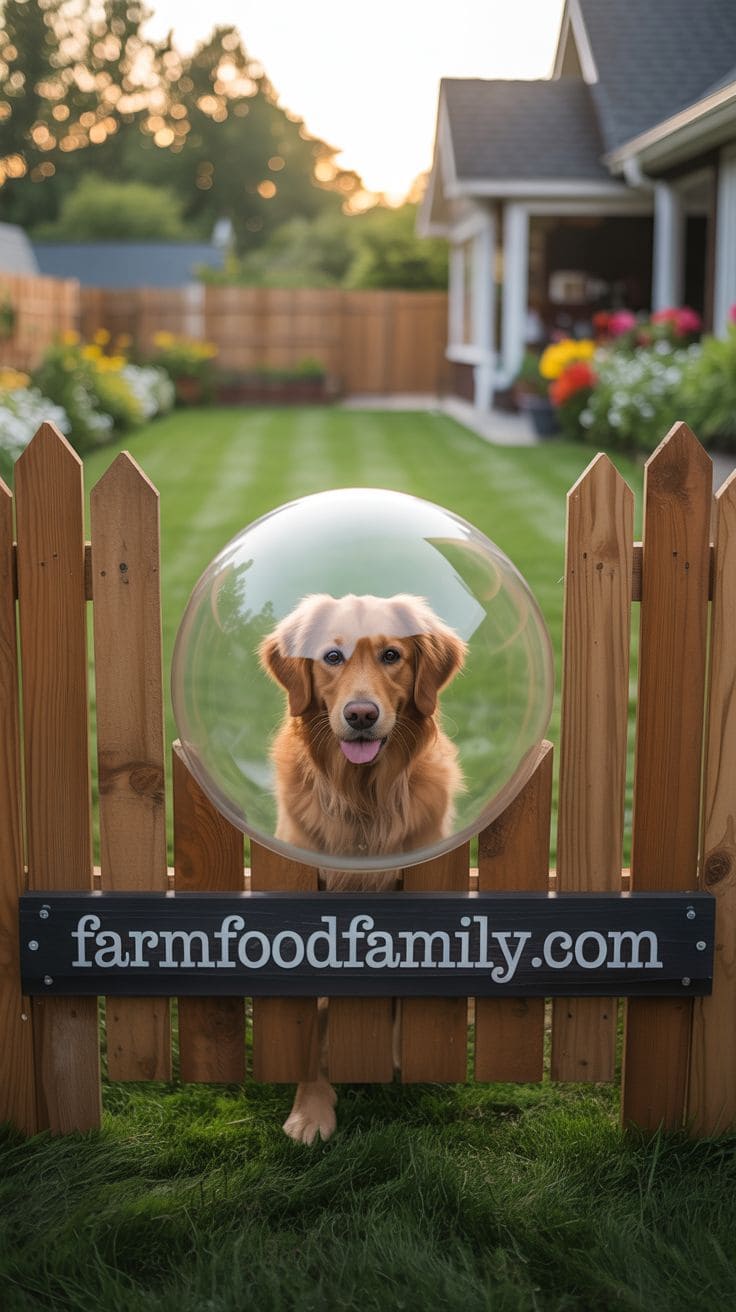
Sensory Trail
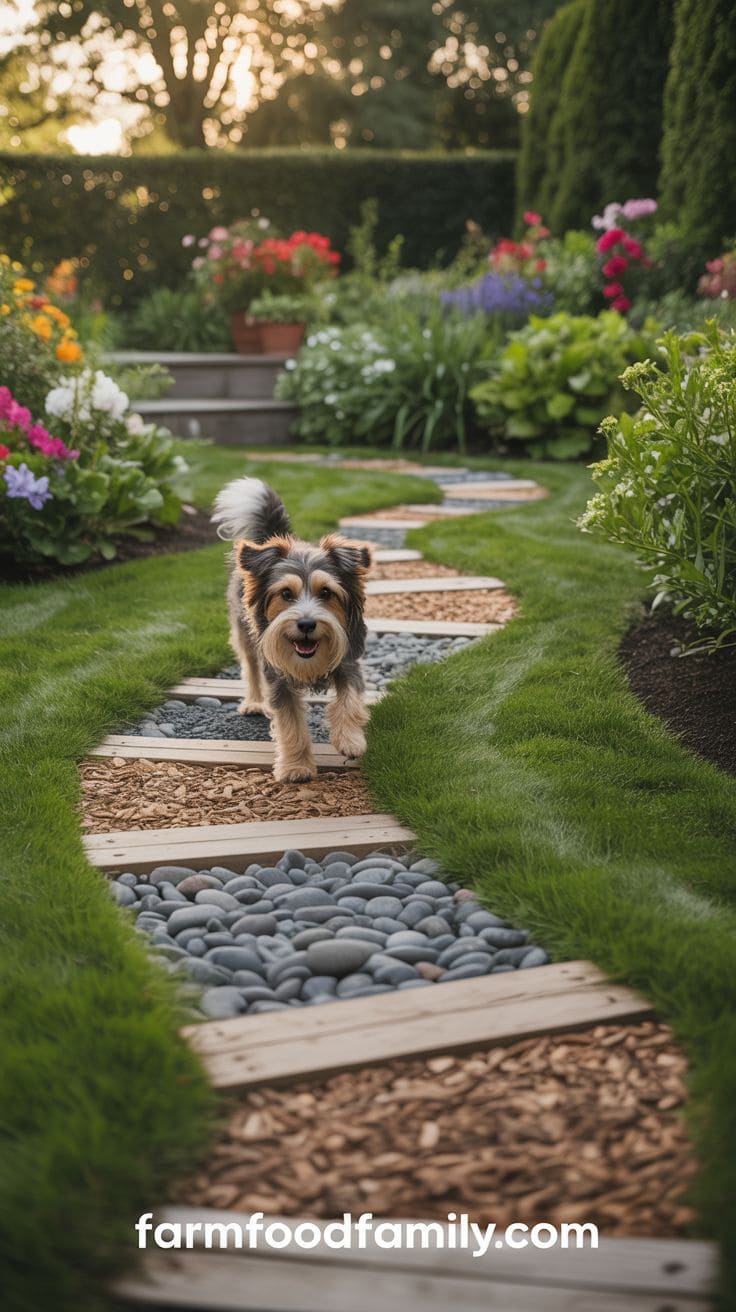
Pet-Friendly Patio
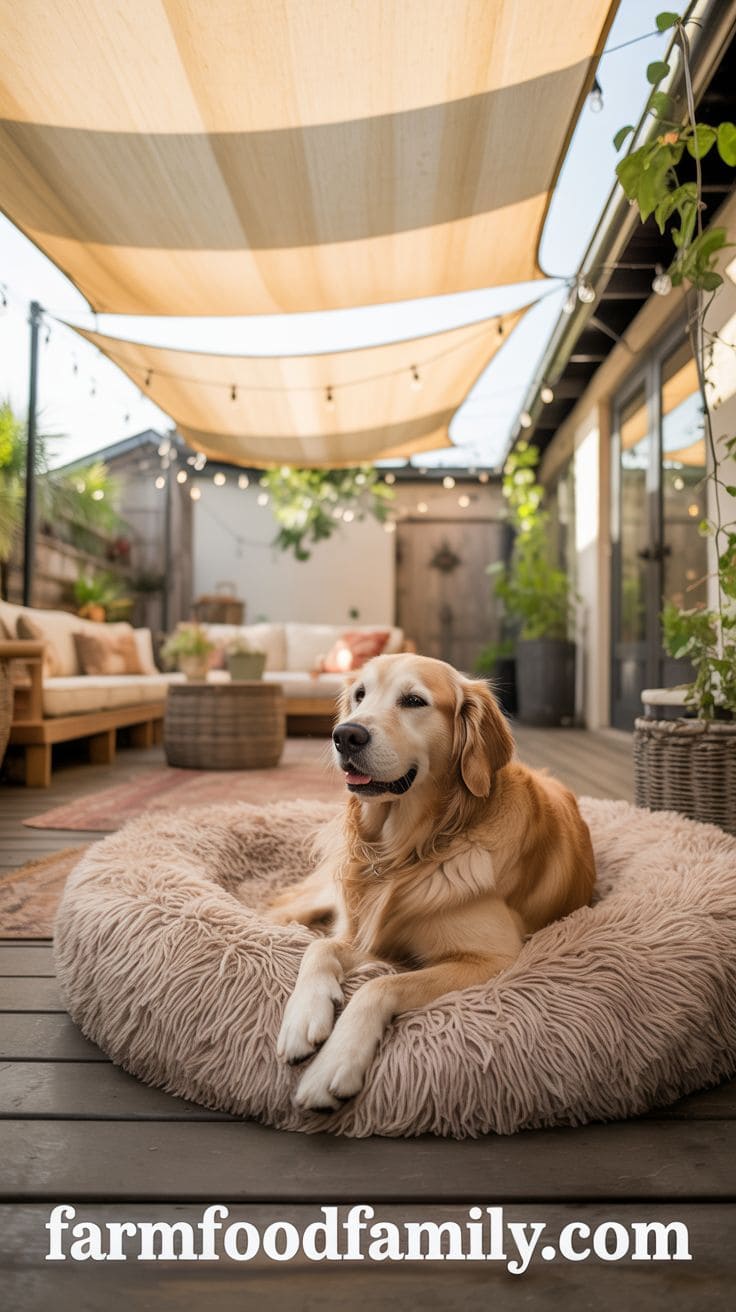
Fire Hydrant Feature
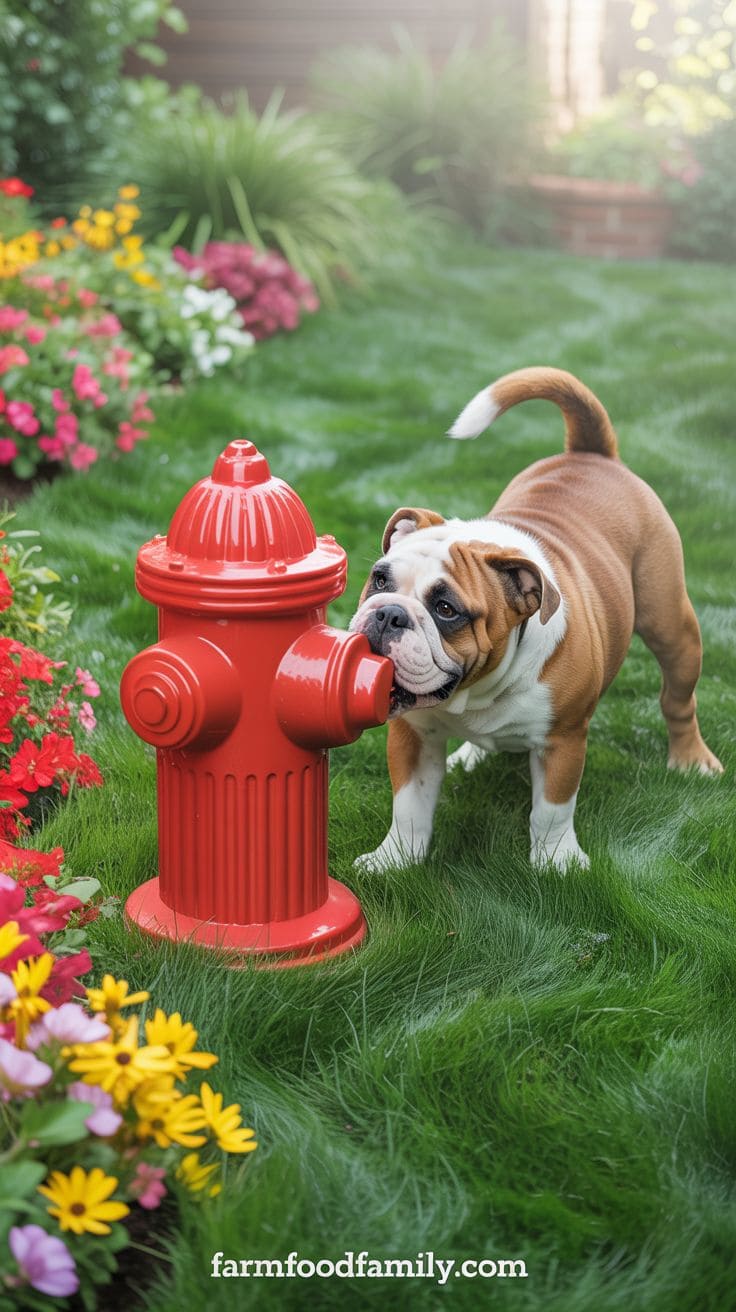
Obstacle Maze
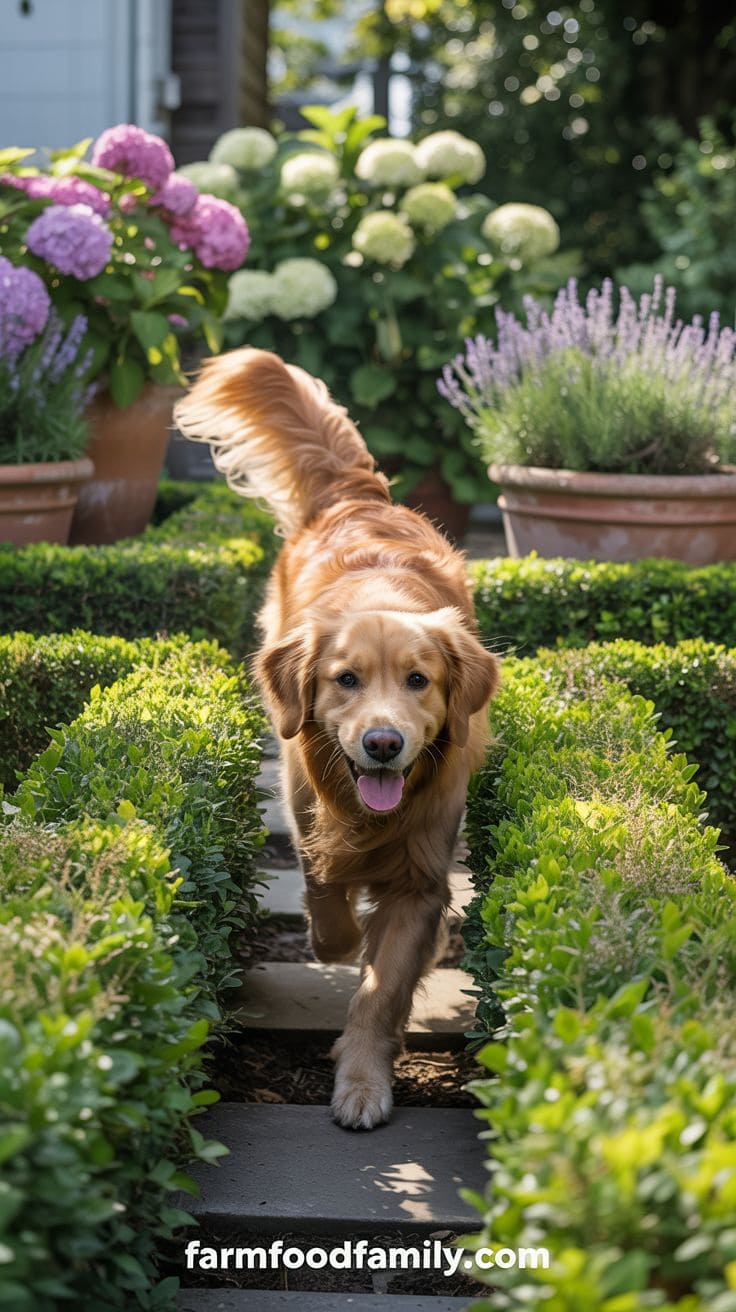
Cooling Pond
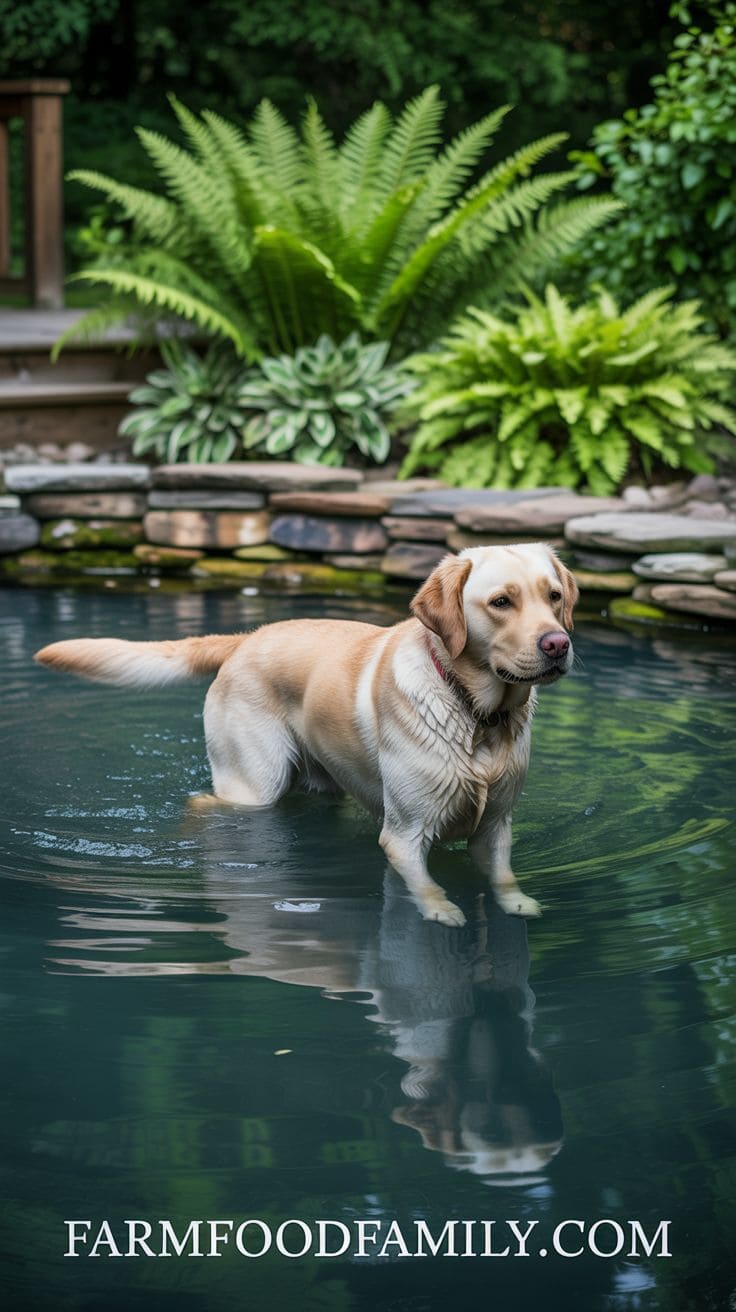
Covered Kennel Pavilion
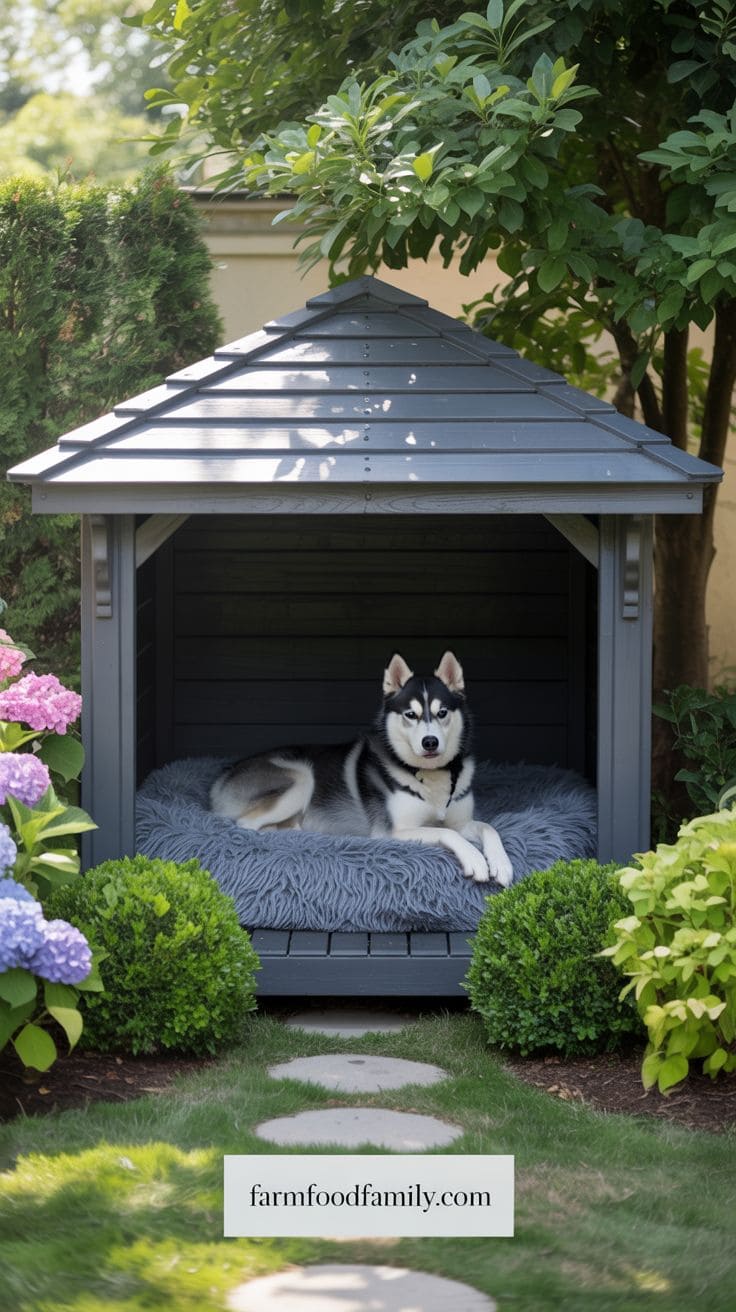
Toy Storage Station
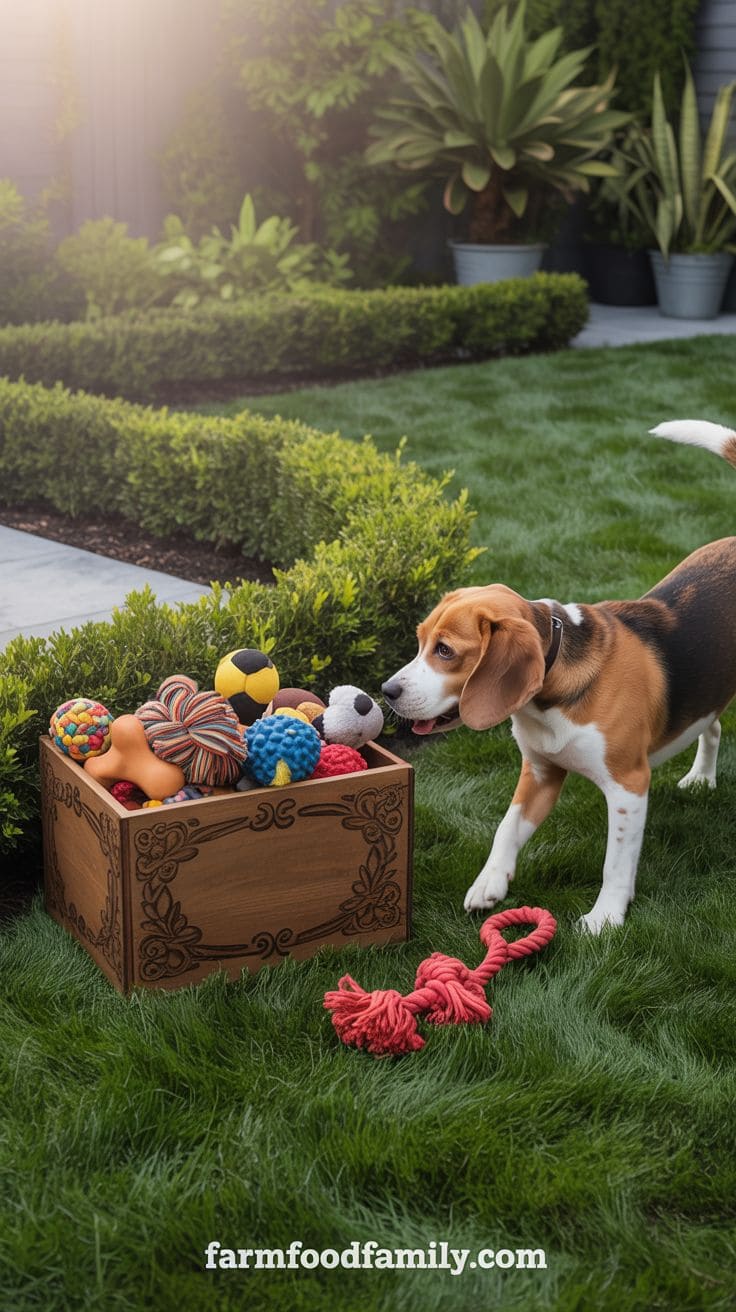
Doggie Path Patrol
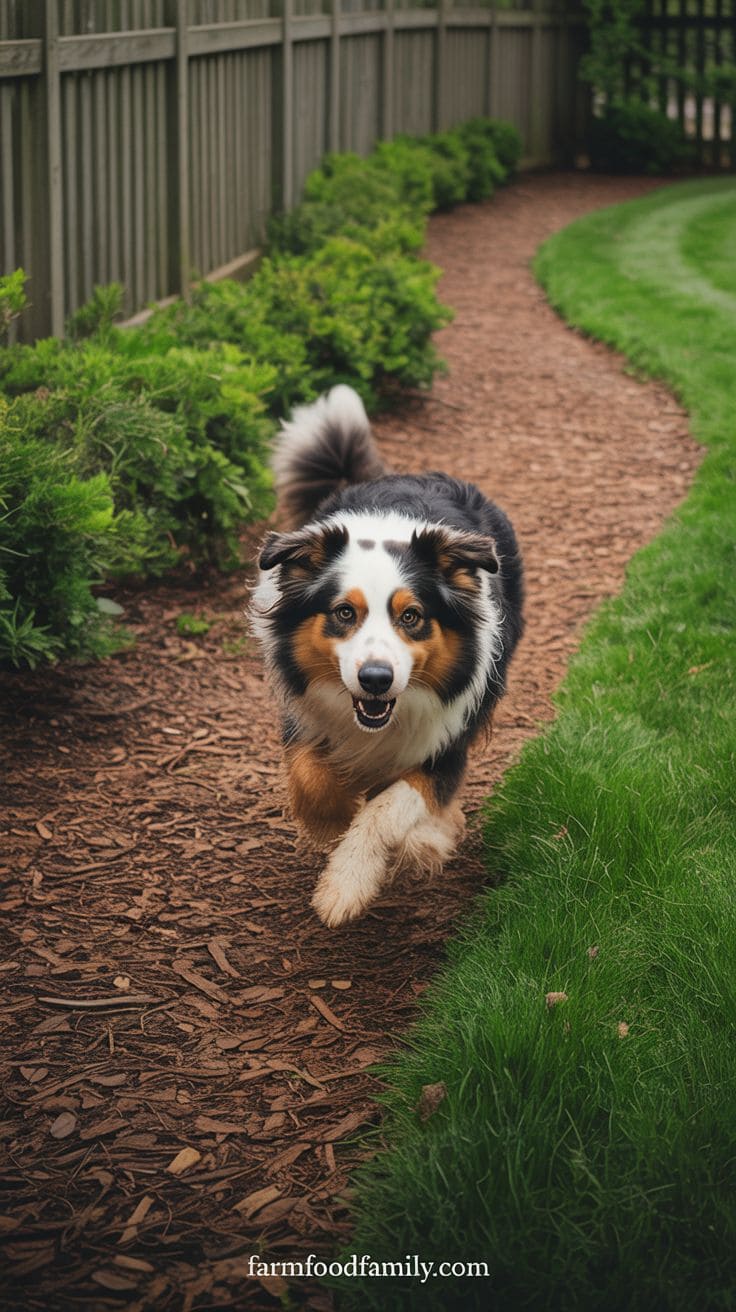
Outdoor Wash Station
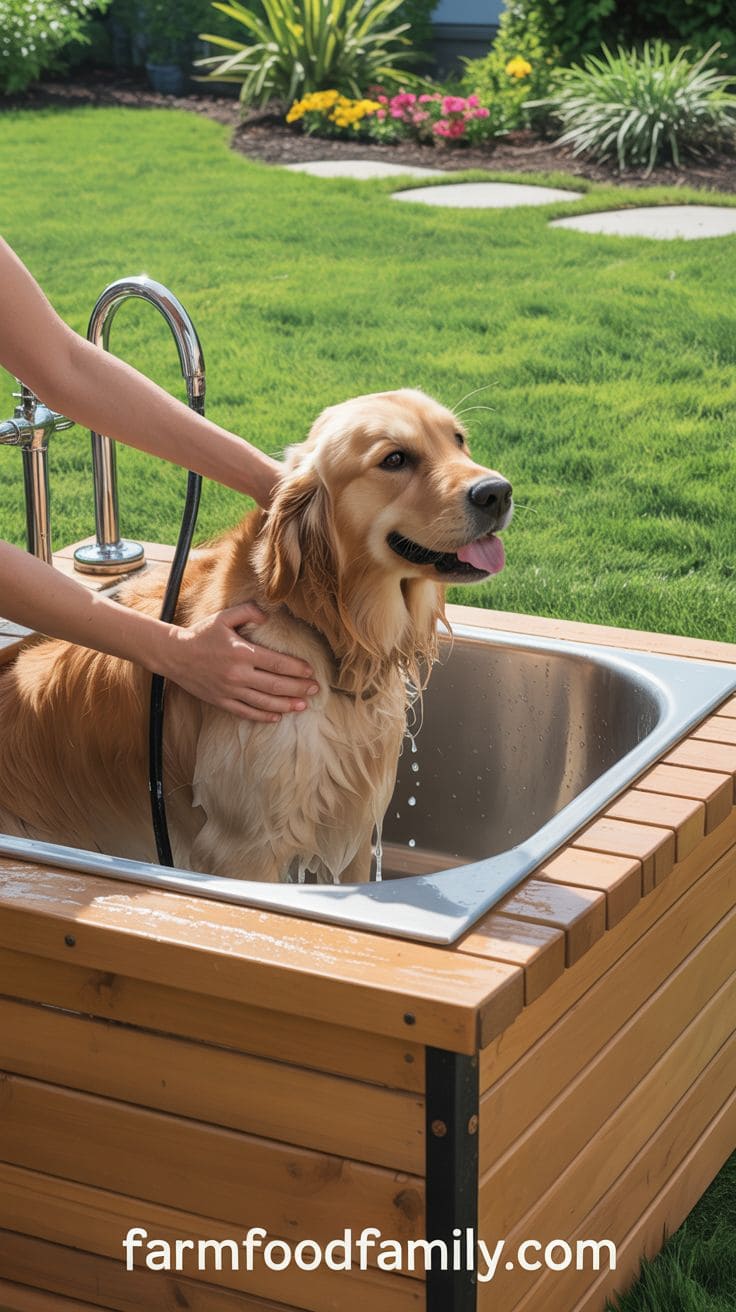
Pup-Scaping Zones
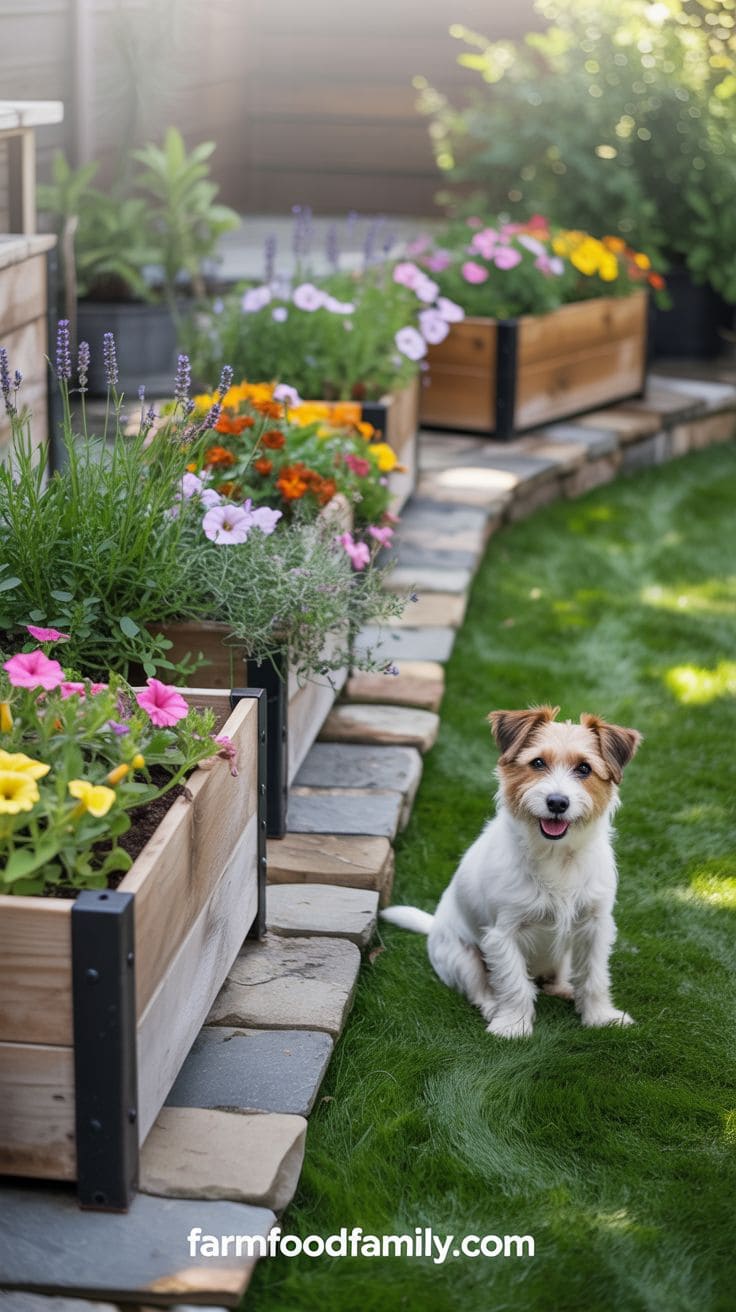
Running Track
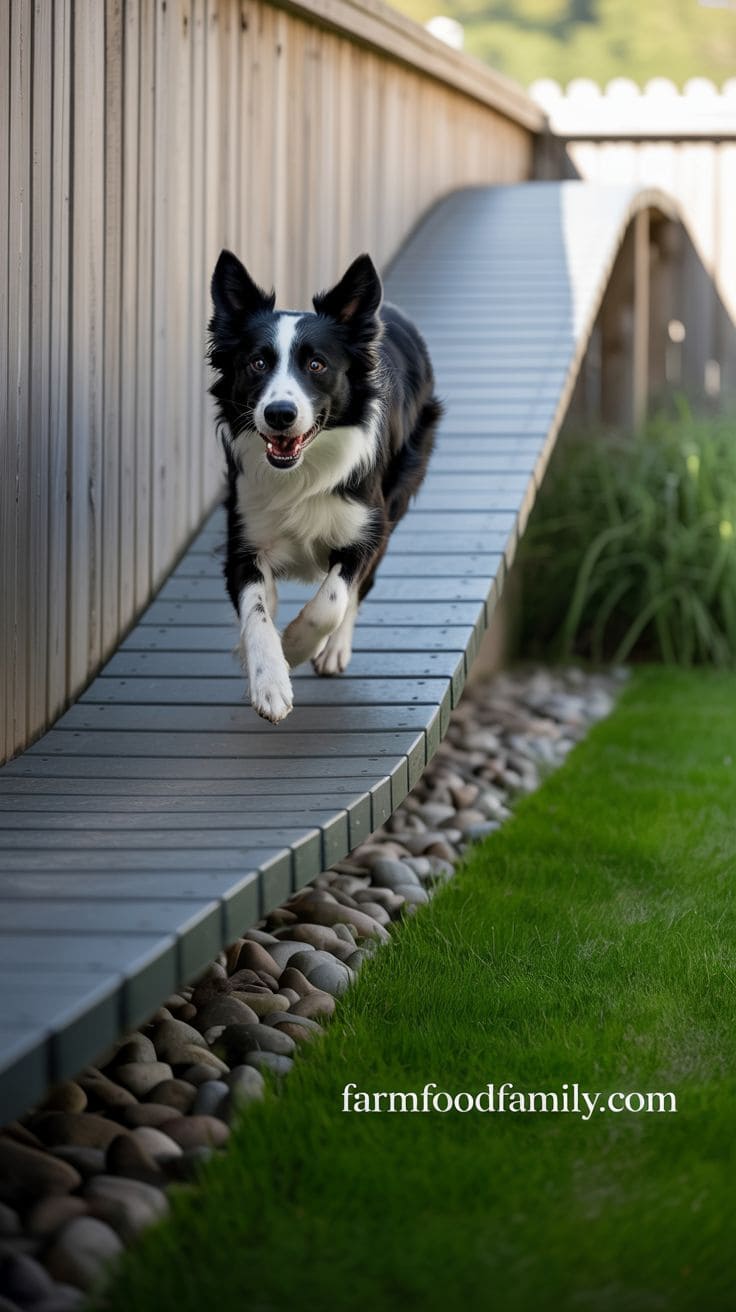
Turf-Free Potty Corner
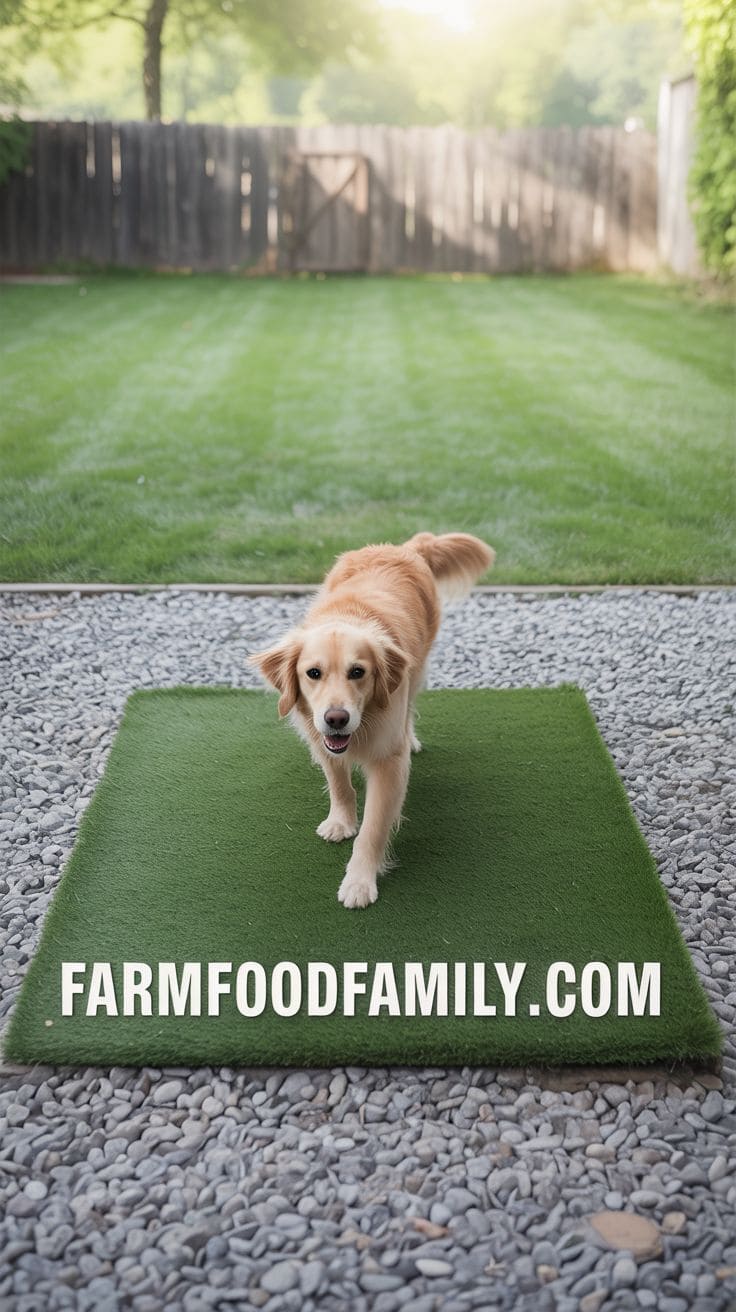
Climbing Rocks
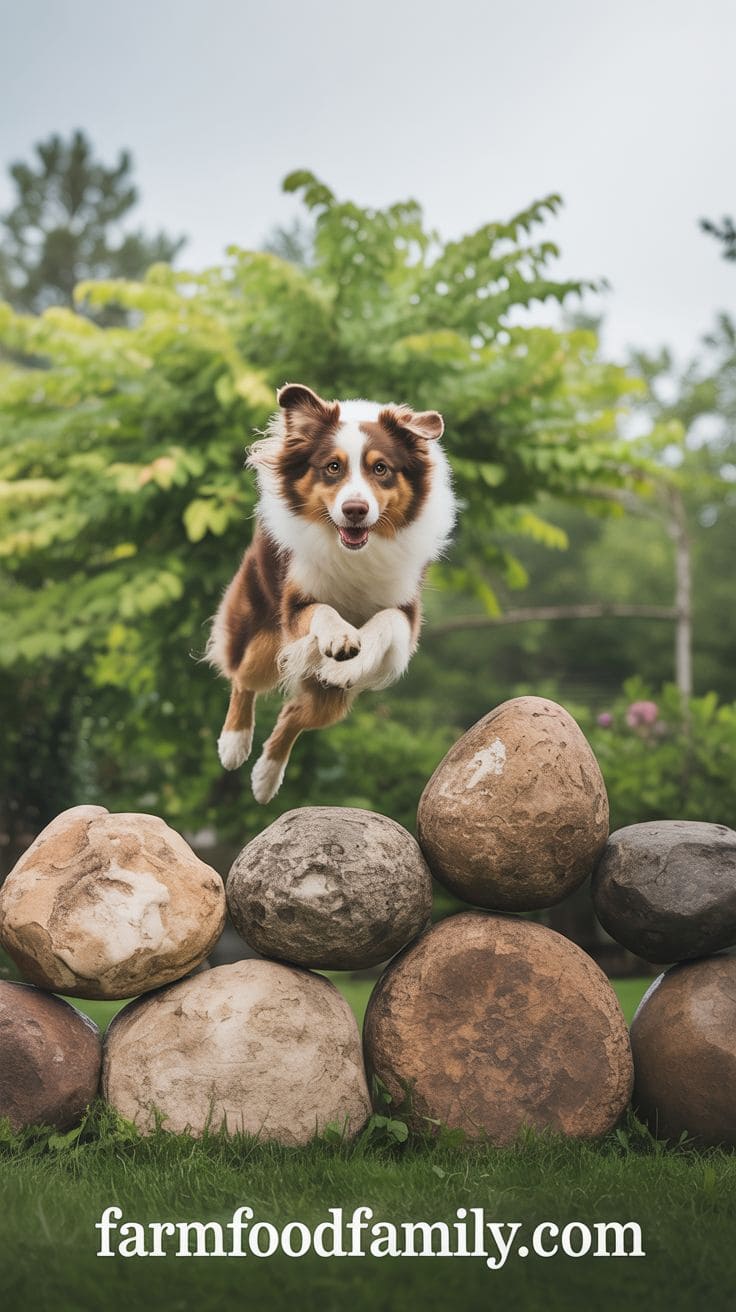
Outdoor Tunnels
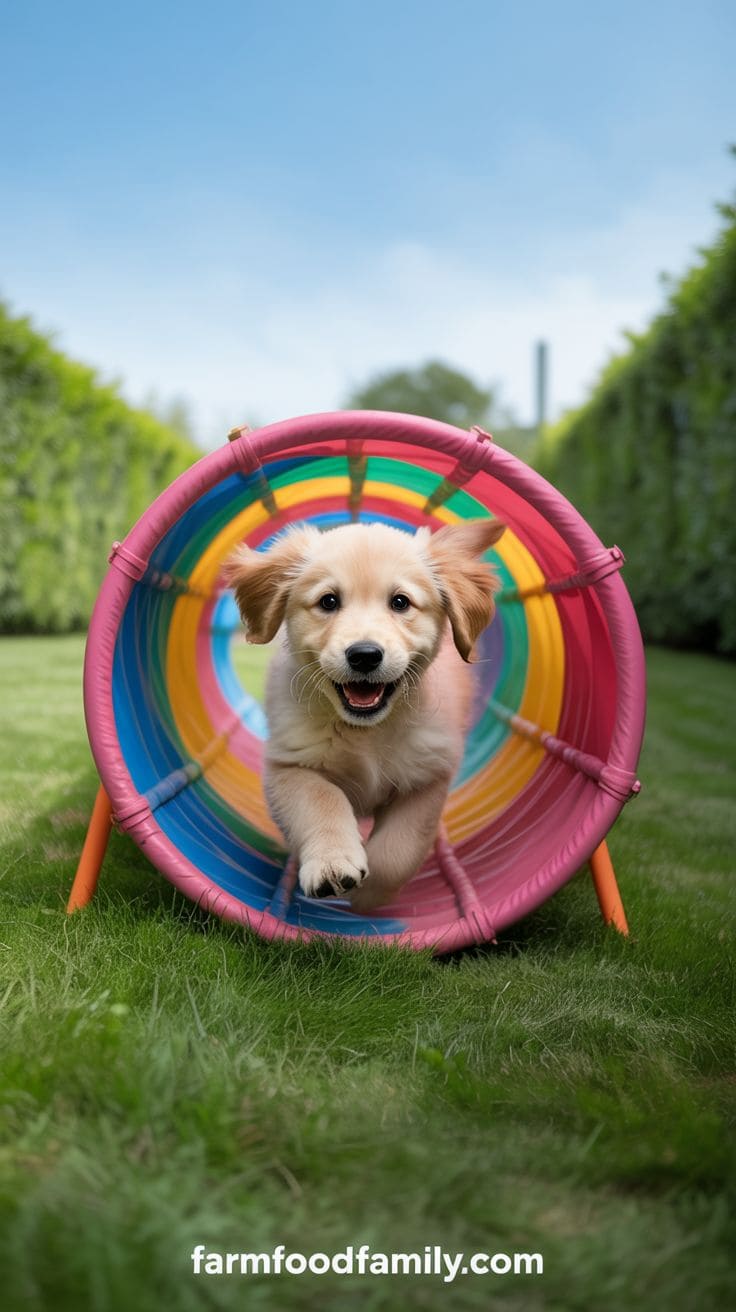
Nighttime Lighting
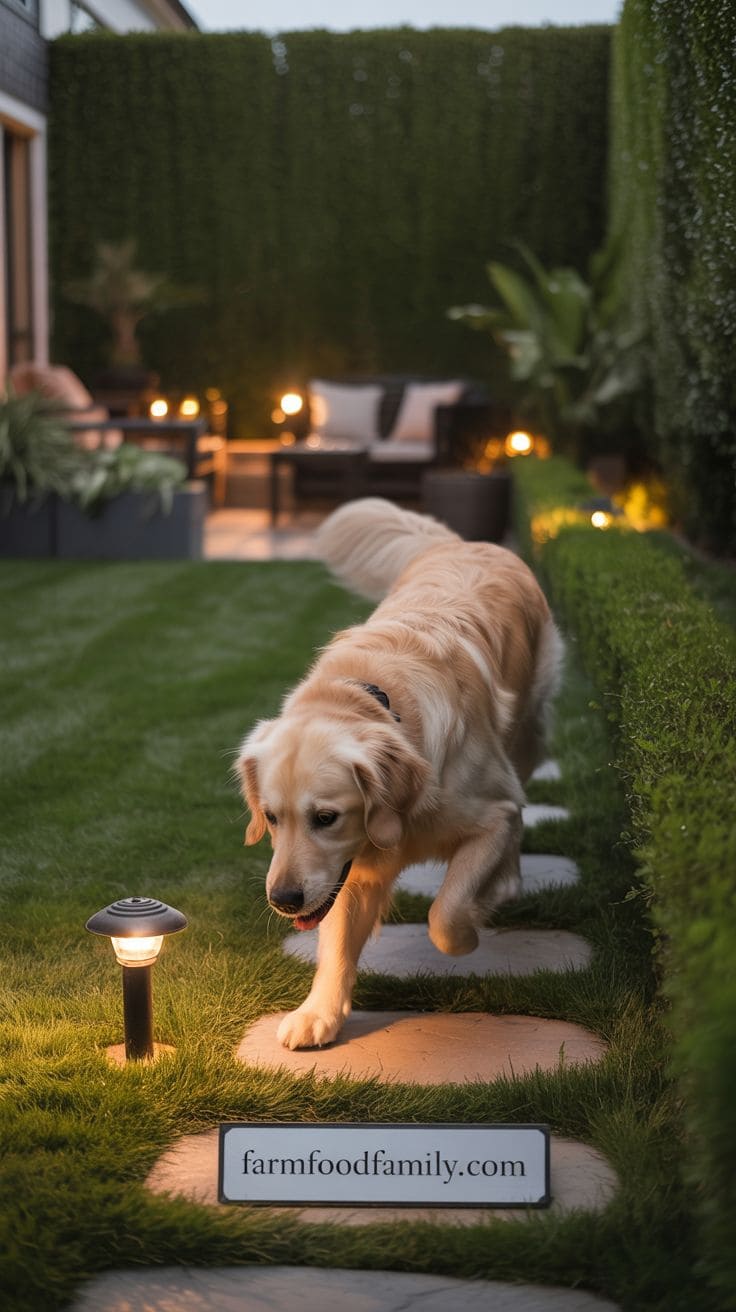
Mud-Free Zone
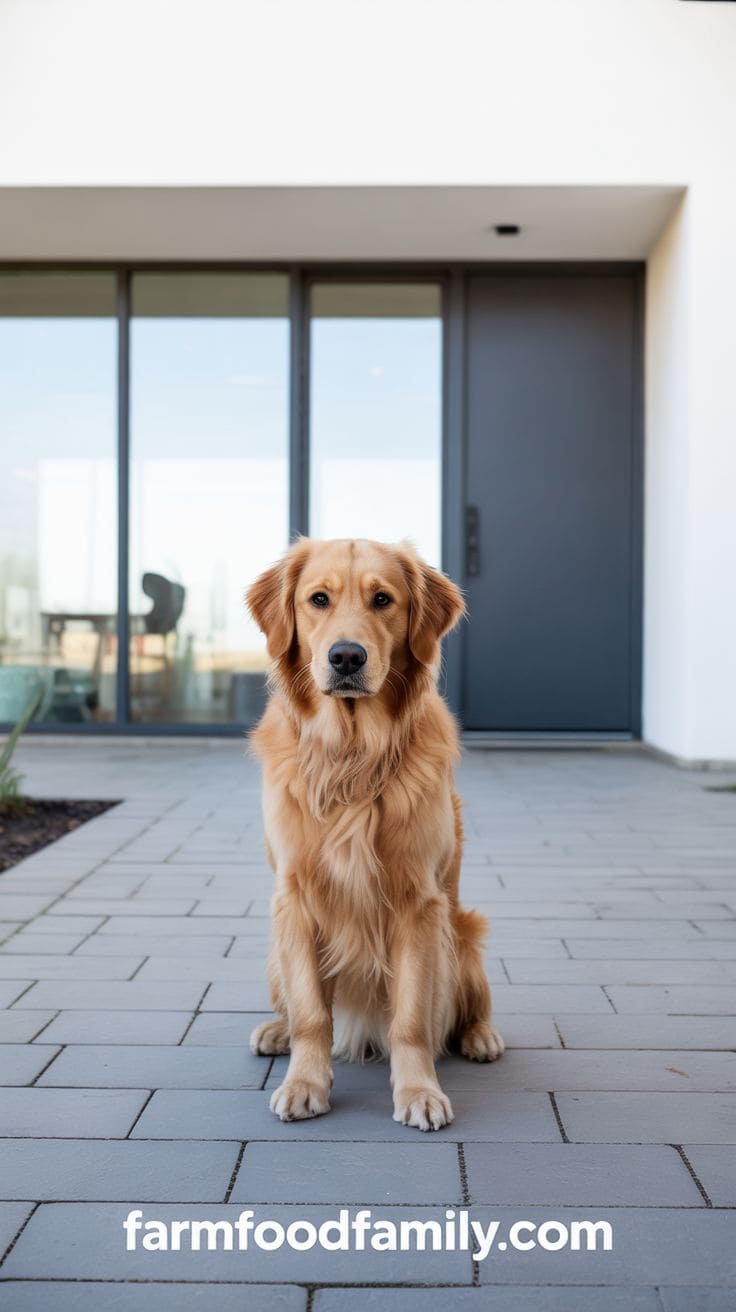
Hidden Treat Stations
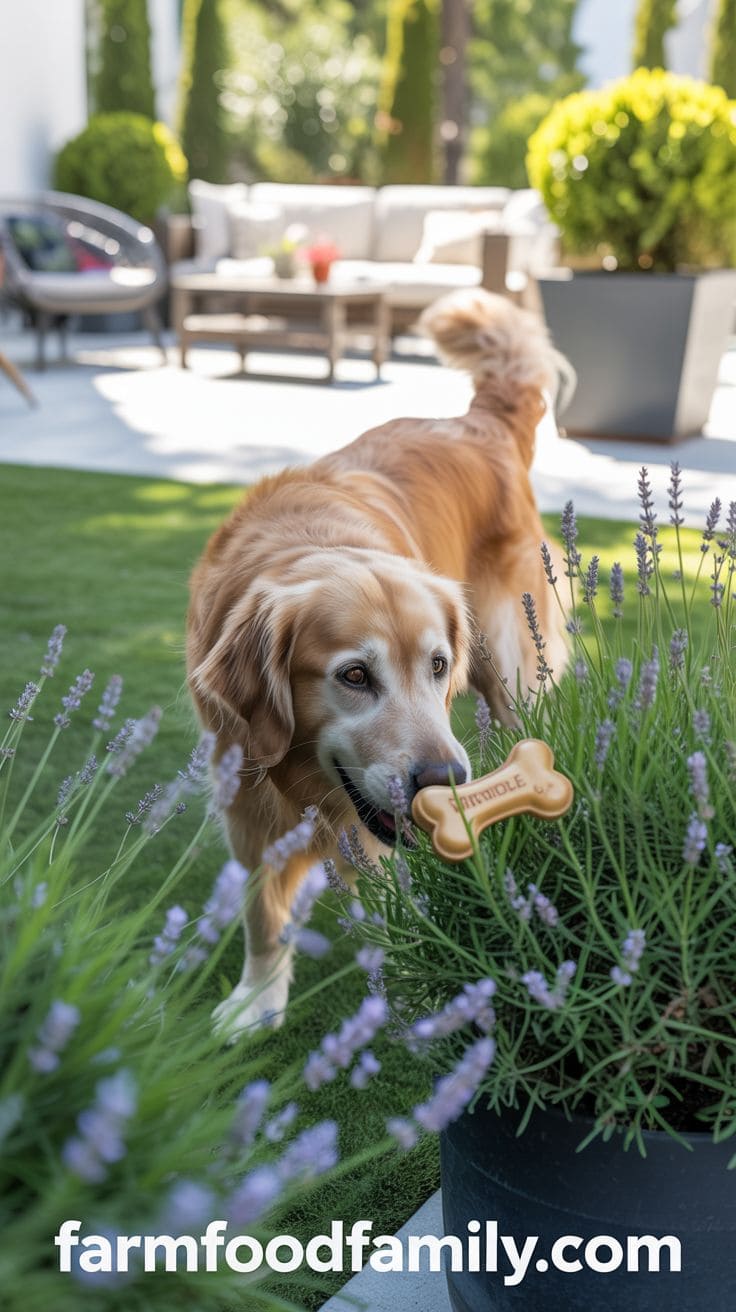
Outdoor Dog Lounge
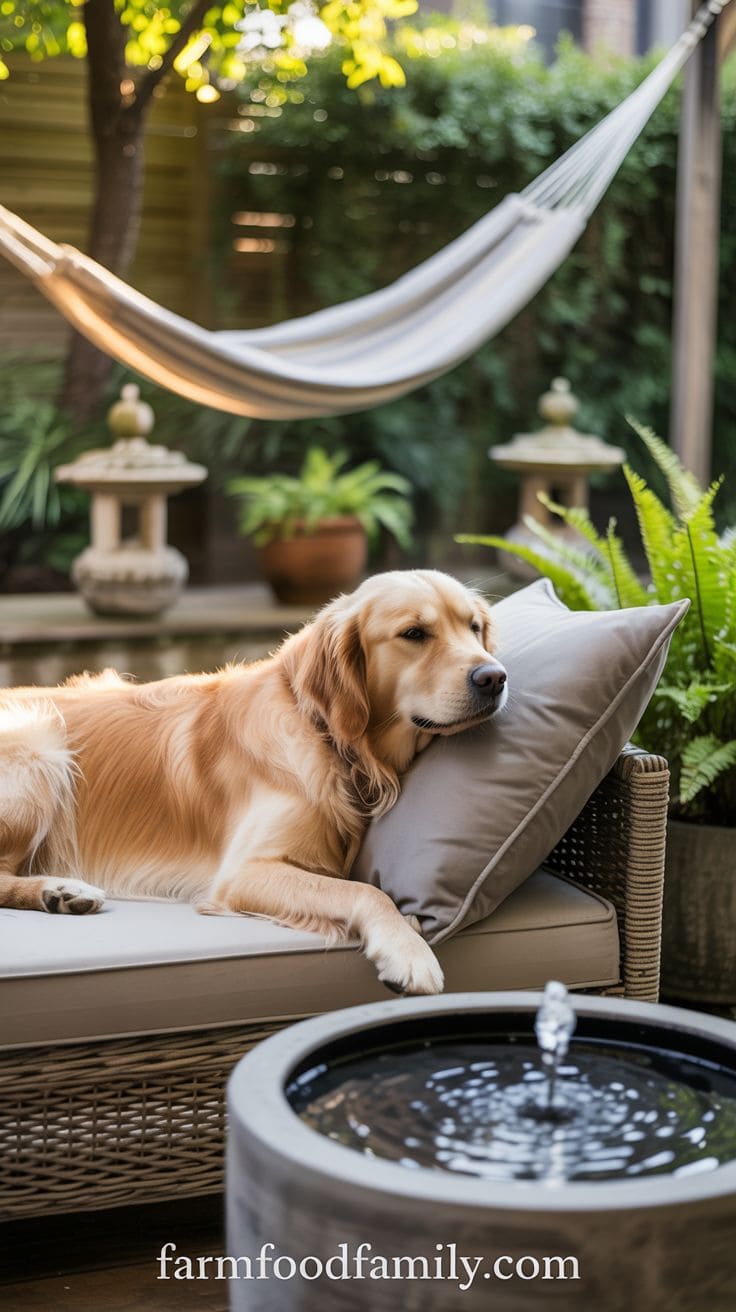
DIY Dog Waterfall
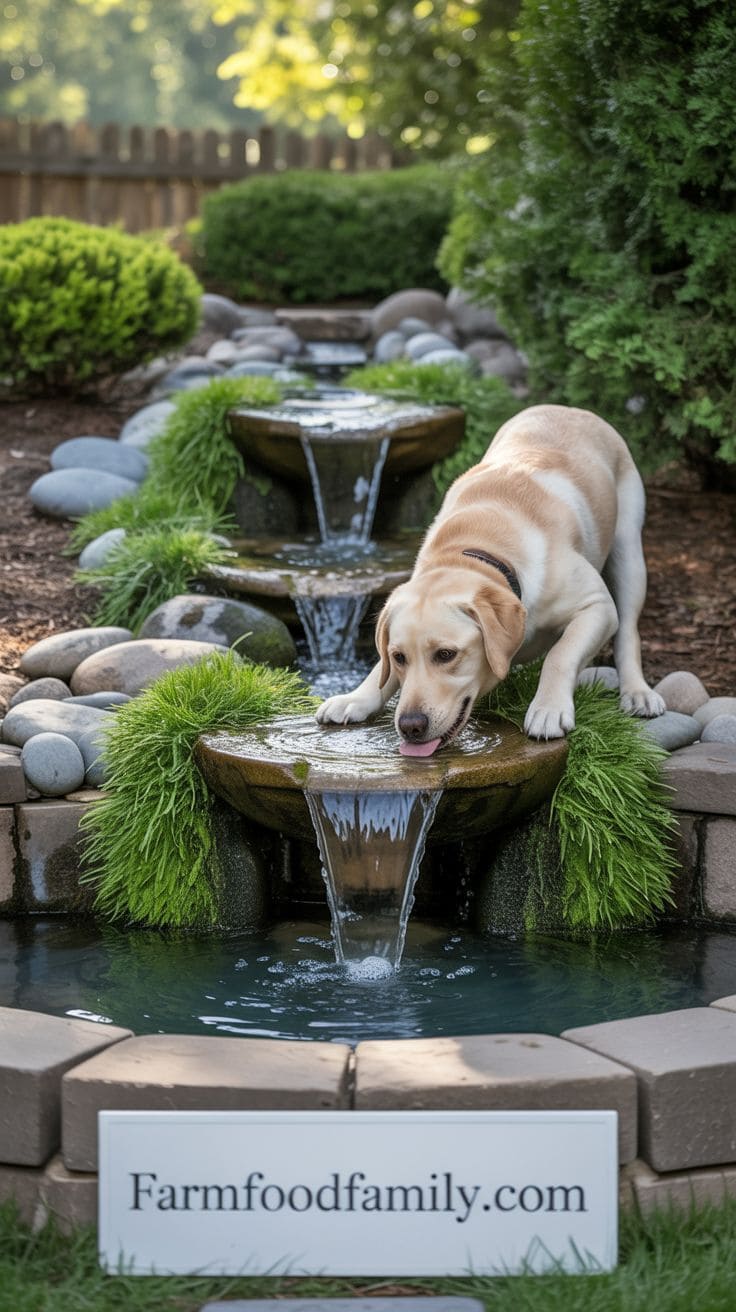
Fun and Entertainment
Designated Digging Area

Water Features

Obstacle Courses

Open Play Space

Health and Well-being
Pet-Friendly Plants

Practical Additions
Dog Run

Pet-Friendly Lighting

Rain Shelters

Comfort and Relaxation
Outdoor Beds and Lounging Areas

Cooling Stations

Aesthetics and Functionality
Edible Gardens

Raised Beds and Planters











































































































